KTMphil
Senior member
So, now for some serious research before we hit the border area, as it looks very confusing. The Far East's version of the Golden Triangle, where Russia, North Korea & China all meet at one spot.
North Korea is the most private, secretive and strange country on the planet. It borders South Korea to its south, China to its west (& north) & Russia to its north, with ONLY 17km of international border with Russia!
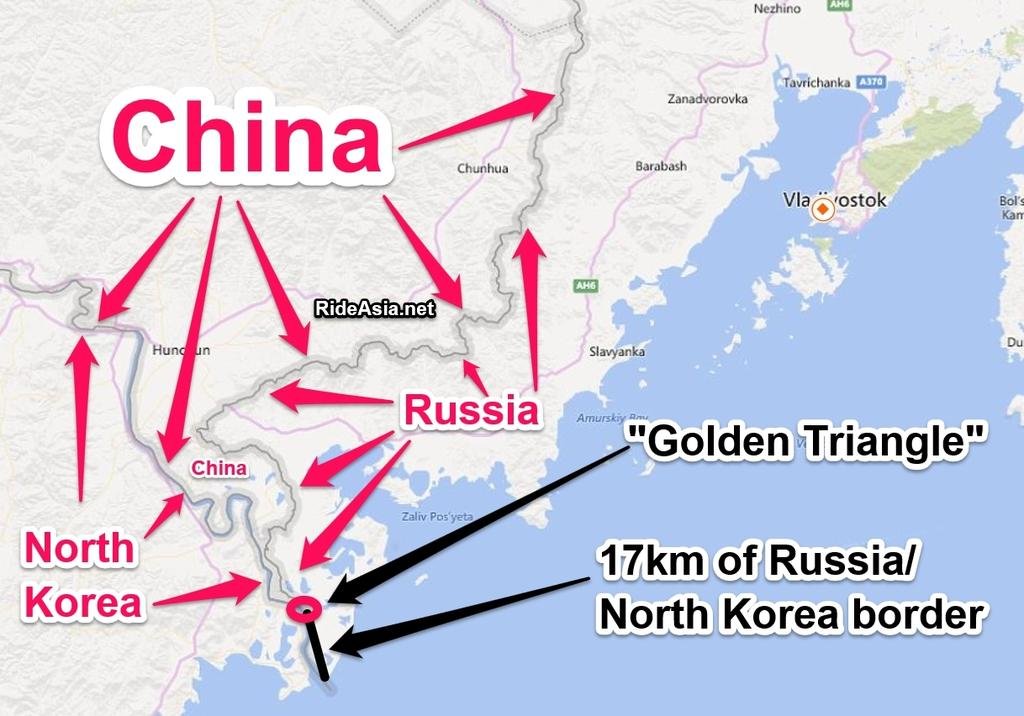
View attachment 40048
History of the North Korean border with Russia:
The border between Russian Empire and Korean Kingdom (then, a tributary state of the Qing Empire) came into existence as a result of the treaty between China and Russia signed in Beijing in November 1860. Under the agreement, the Qing Empire ceded to the Russian Empire the territories east of theUssuri River; the description of the border between the two Russian and Qing Empires included the lower course (the last 20 li) of the Tumen River as its southernmost section.[7][8]
Although the existence of Korea as a separate country was not even mentioned in the 1860 Sino-Russian agreement, Chinese influence in Korea waned, and Japanese grew, during the late 19th and early 20th century. The Treaty of Shimonoseki (1895) ended the Chinese protectorate over Korea, while the Japan-Korea Treaty of 1905 made Korea a protectorate of Japan; the Japan-Korea Treaty of 1910 finalized the annexation of Korea by Japan. Thus, the Tumen River border became a border between the Russian Empire (later, the USSR) and the Japanese Empire; this situation continued until the fall of the Japanese rule in Korea in 1945.
Regardless of who was in charge in Korea, the coastal strips of Russian and Korean territory completely separated China from the Sea of Japan.
To develop the natural resources of its coastal strip, and to protect its borders against a potential Japanese invasion, in 1938 the USSR began the construction of a railway line from BaranovskyJunction on the Trans-Siberian Railway to Kraskino. The 190-km long railway was completed in 1941. After the end of World War II this railway was extended from Kraskino to Khasan, on the Korean border, its total length reaching was 238 km. The Khasan station was opened on September 28, 1951.
Soon, a temporary wooden bridge was built across the Tumen River, and in 1952 the first train crossed from Russia to Korea.
In 1990, the Soviet Union and North Korea signed an agreement on the establishment of the state border along the fairway (thalweg) of the Tumen. The former Noktundo Island, 32 square km in size, was recognized by North Korea as part of Russa. This agreement was not recognized by South Korea, which continues to consider Noktundo as Korean territory.
In the second half of the nineteenth century, thousands of Korean refugees and displaced persons crossed the border. Their descendants live throughout the Russian Federation and otherCommonwealth of Independent States (CIS) countries to this day.
The so-called "terrestrial boundary" between the two countries actually runs along the fairway of the Tumen Riverand its estuary; the "maritime boundary" separates the two countries territorial waters in the Sea of Japan.[2]
There are several bilateral agreements concerning the North Korea-Russia border.[3] The principal border treaty currently in force is "The Agreement between the USSR and the DPRK on the position of the line of the Soviet-Korean border" (Russian: Договор между Союзом Советских Социалистических Республик и Корейской Народно-Демократической Республикой о прохождении линии советско-корейской государственной границы , signed on April 17, 1985.[3]
, signed on April 17, 1985.[3]
A special trilateral treaty specifies the position of the point of junction of the borders of Russia, North Korea, and China.[4] The China-North Korea border and the North Korea-Russia border runs along the middle of the Tumen River, while the China-Russia border approaches the junction point overland, from the north. Since the notional tripoint is in the middle of the river, and it would be impractical to install a border monument there, the agreement provides instead that the three countries install border monuments on the river bank instead, and the position of the tripoint be determined with respect to those monuments.[4]
On the Russian side of the border, the adjacent administrative unit is the Khasansky District ofPrimorsky Krai; on the Korean side, the City of Rason. The main Russian border guard station in the area is Peschanaya.
There is NO foot passenger or car / truck international border crossing between North Korea and Russia. There is an International border crossing train link that crosses the Tumen river from Tumangang, North Korea to Khasan, Russia which does carry passengers, a very strange setup.
Immigration clearance is only available to passengers on the train between the two countries
View attachment 40049
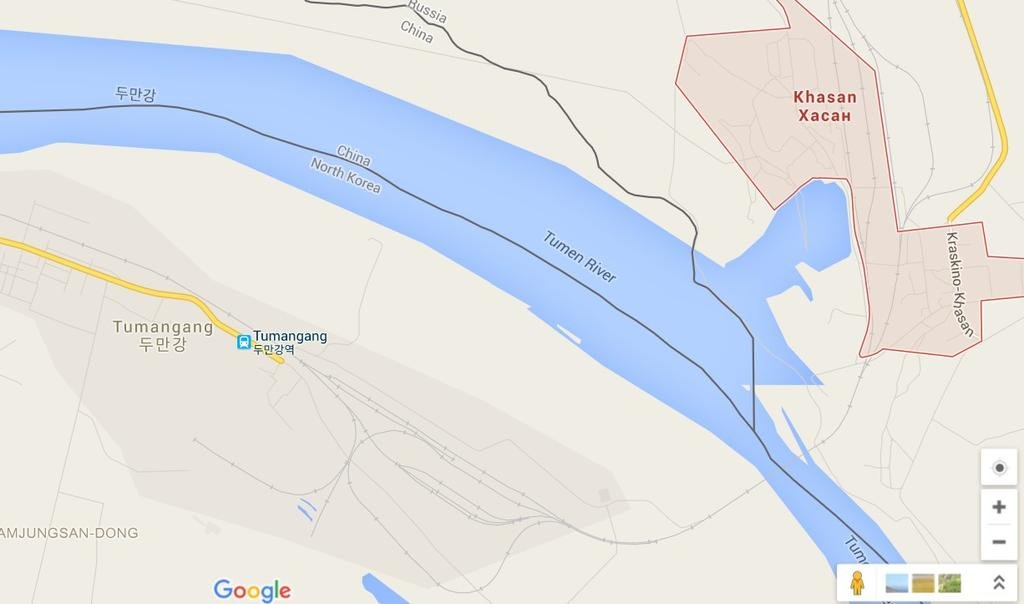
There is one border crossing on the North Korea-Russia border: the Friendship Bridge on the Tumen River,[2] located 800 m southwest of the Russian station Khasan, in theeponymous town. On the Korean side, the border train station is at Tumangang.
This is a railway-only crossing,[2] used by freight and passenger trains. There is no border crossing for road vehicles or pedestrians.[5]
As of 2008, the passenger service over the Friendship Bridge includes a Khasan-Tumangan shuttle train, as well as aKorean State Railway's direct rail car for the Moscow-Pyongyang service. The direct car travels from Moscow to Ussuriysk with a Moscow-Vladivostok train, and then to Khasan with an Ussuriysk-Khasan train; it crosses the border with the Khasan-Tumangan shuttle train, and then continues to Pyongyang with a domestic Korean train. At 10,272 km total route length, this is believed to be the longest direct (one-seat ride) passenger rail service in the world.[6]
In 2008, two Western tourists succeeded in taking a train from Russia to north Korea via the Friendship Bridge. However, normally the crossing is only used by citizens of Russia and North Korea, and is not open to third-country nationals.[6]
On April 2015 Deputy Ministers of Transport of Russia and North Korea, Nikolai Asaul and Kwok Il-ryong, signed an agreement on developing a road connection between Russia and North Korea.[5]
Below is a photo looking north from North Korea. You can see the international border crossing train bridge across the Tumen River from North Korea, north into Russia and the "spit" of china coming down from the NW with its look-out tower looking over North Korea & Russia
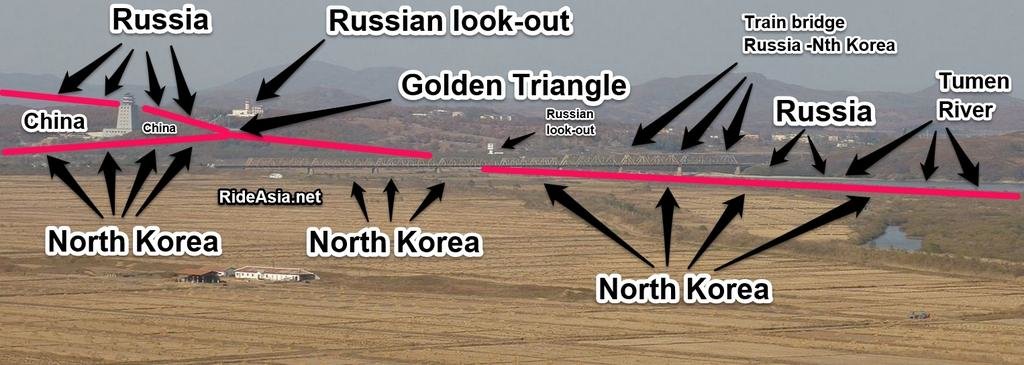
The map below is a top view of the same area trying to show this complicated border as China's border comes across the Tumen River
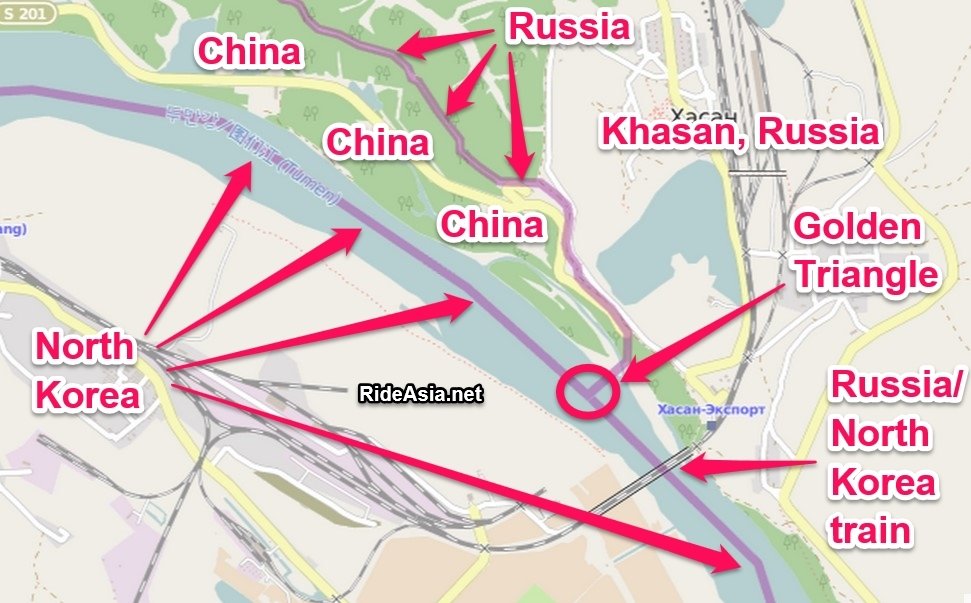
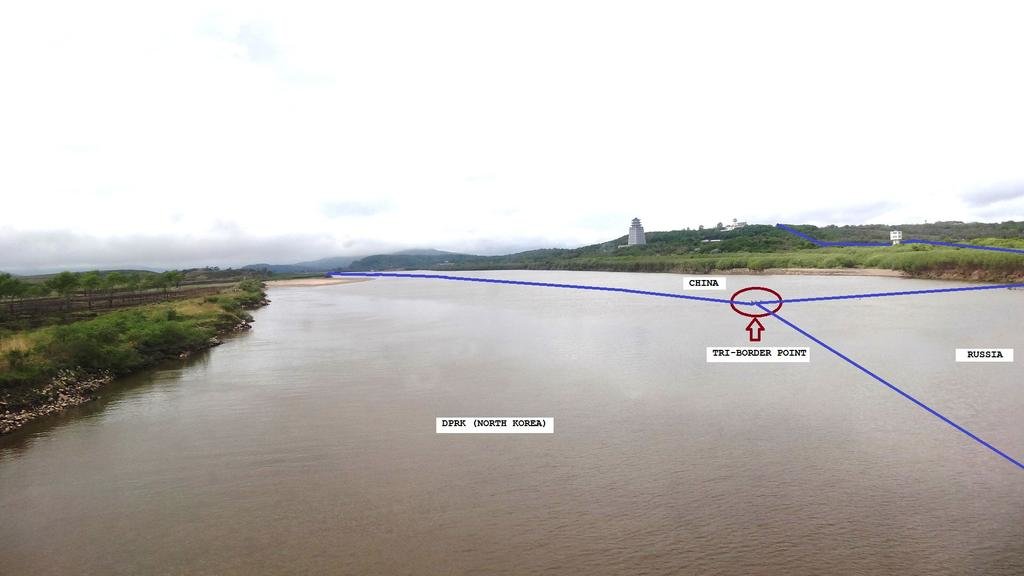
North Korea is the most private, secretive and strange country on the planet. It borders South Korea to its south, China to its west (& north) & Russia to its north, with ONLY 17km of international border with Russia!

View attachment 40048
History of the North Korean border with Russia:
The border between Russian Empire and Korean Kingdom (then, a tributary state of the Qing Empire) came into existence as a result of the treaty between China and Russia signed in Beijing in November 1860. Under the agreement, the Qing Empire ceded to the Russian Empire the territories east of theUssuri River; the description of the border between the two Russian and Qing Empires included the lower course (the last 20 li) of the Tumen River as its southernmost section.[7][8]
Although the existence of Korea as a separate country was not even mentioned in the 1860 Sino-Russian agreement, Chinese influence in Korea waned, and Japanese grew, during the late 19th and early 20th century. The Treaty of Shimonoseki (1895) ended the Chinese protectorate over Korea, while the Japan-Korea Treaty of 1905 made Korea a protectorate of Japan; the Japan-Korea Treaty of 1910 finalized the annexation of Korea by Japan. Thus, the Tumen River border became a border between the Russian Empire (later, the USSR) and the Japanese Empire; this situation continued until the fall of the Japanese rule in Korea in 1945.
Regardless of who was in charge in Korea, the coastal strips of Russian and Korean territory completely separated China from the Sea of Japan.
To develop the natural resources of its coastal strip, and to protect its borders against a potential Japanese invasion, in 1938 the USSR began the construction of a railway line from BaranovskyJunction on the Trans-Siberian Railway to Kraskino. The 190-km long railway was completed in 1941. After the end of World War II this railway was extended from Kraskino to Khasan, on the Korean border, its total length reaching was 238 km. The Khasan station was opened on September 28, 1951.
Soon, a temporary wooden bridge was built across the Tumen River, and in 1952 the first train crossed from Russia to Korea.
In 1990, the Soviet Union and North Korea signed an agreement on the establishment of the state border along the fairway (thalweg) of the Tumen. The former Noktundo Island, 32 square km in size, was recognized by North Korea as part of Russa. This agreement was not recognized by South Korea, which continues to consider Noktundo as Korean territory.
In the second half of the nineteenth century, thousands of Korean refugees and displaced persons crossed the border. Their descendants live throughout the Russian Federation and otherCommonwealth of Independent States (CIS) countries to this day.
The so-called "terrestrial boundary" between the two countries actually runs along the fairway of the Tumen Riverand its estuary; the "maritime boundary" separates the two countries territorial waters in the Sea of Japan.[2]
There are several bilateral agreements concerning the North Korea-Russia border.[3] The principal border treaty currently in force is "The Agreement between the USSR and the DPRK on the position of the line of the Soviet-Korean border" (Russian: Договор между Союзом Советских Социалистических Республик и Корейской Народно-Демократической Республикой о прохождении линии советско-корейской государственной границы
 , signed on April 17, 1985.[3]
, signed on April 17, 1985.[3]A special trilateral treaty specifies the position of the point of junction of the borders of Russia, North Korea, and China.[4] The China-North Korea border and the North Korea-Russia border runs along the middle of the Tumen River, while the China-Russia border approaches the junction point overland, from the north. Since the notional tripoint is in the middle of the river, and it would be impractical to install a border monument there, the agreement provides instead that the three countries install border monuments on the river bank instead, and the position of the tripoint be determined with respect to those monuments.[4]
On the Russian side of the border, the adjacent administrative unit is the Khasansky District ofPrimorsky Krai; on the Korean side, the City of Rason. The main Russian border guard station in the area is Peschanaya.
There is NO foot passenger or car / truck international border crossing between North Korea and Russia. There is an International border crossing train link that crosses the Tumen river from Tumangang, North Korea to Khasan, Russia which does carry passengers, a very strange setup.
Immigration clearance is only available to passengers on the train between the two countries
View attachment 40049

There is one border crossing on the North Korea-Russia border: the Friendship Bridge on the Tumen River,[2] located 800 m southwest of the Russian station Khasan, in theeponymous town. On the Korean side, the border train station is at Tumangang.
This is a railway-only crossing,[2] used by freight and passenger trains. There is no border crossing for road vehicles or pedestrians.[5]
As of 2008, the passenger service over the Friendship Bridge includes a Khasan-Tumangan shuttle train, as well as aKorean State Railway's direct rail car for the Moscow-Pyongyang service. The direct car travels from Moscow to Ussuriysk with a Moscow-Vladivostok train, and then to Khasan with an Ussuriysk-Khasan train; it crosses the border with the Khasan-Tumangan shuttle train, and then continues to Pyongyang with a domestic Korean train. At 10,272 km total route length, this is believed to be the longest direct (one-seat ride) passenger rail service in the world.[6]
In 2008, two Western tourists succeeded in taking a train from Russia to north Korea via the Friendship Bridge. However, normally the crossing is only used by citizens of Russia and North Korea, and is not open to third-country nationals.[6]
On April 2015 Deputy Ministers of Transport of Russia and North Korea, Nikolai Asaul and Kwok Il-ryong, signed an agreement on developing a road connection between Russia and North Korea.[5]
Below is a photo looking north from North Korea. You can see the international border crossing train bridge across the Tumen River from North Korea, north into Russia and the "spit" of china coming down from the NW with its look-out tower looking over North Korea & Russia

The map below is a top view of the same area trying to show this complicated border as China's border comes across the Tumen River





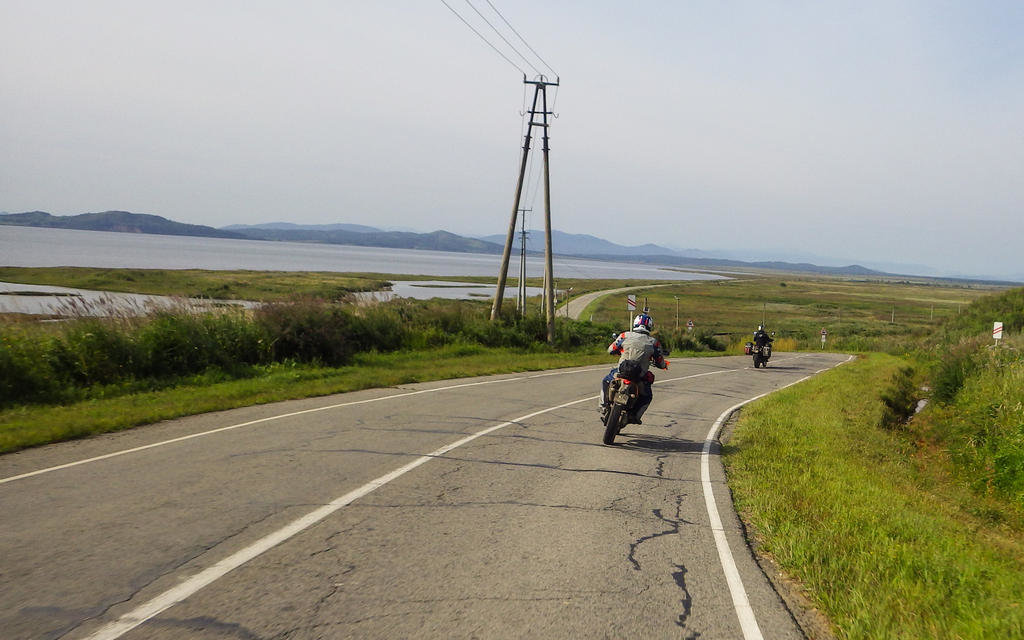
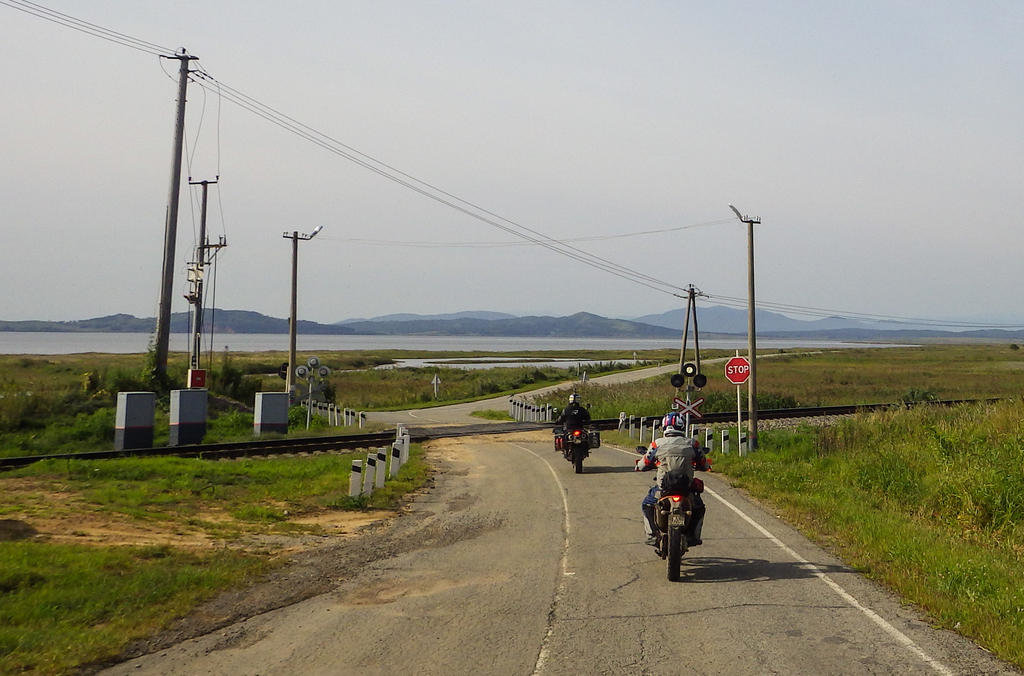
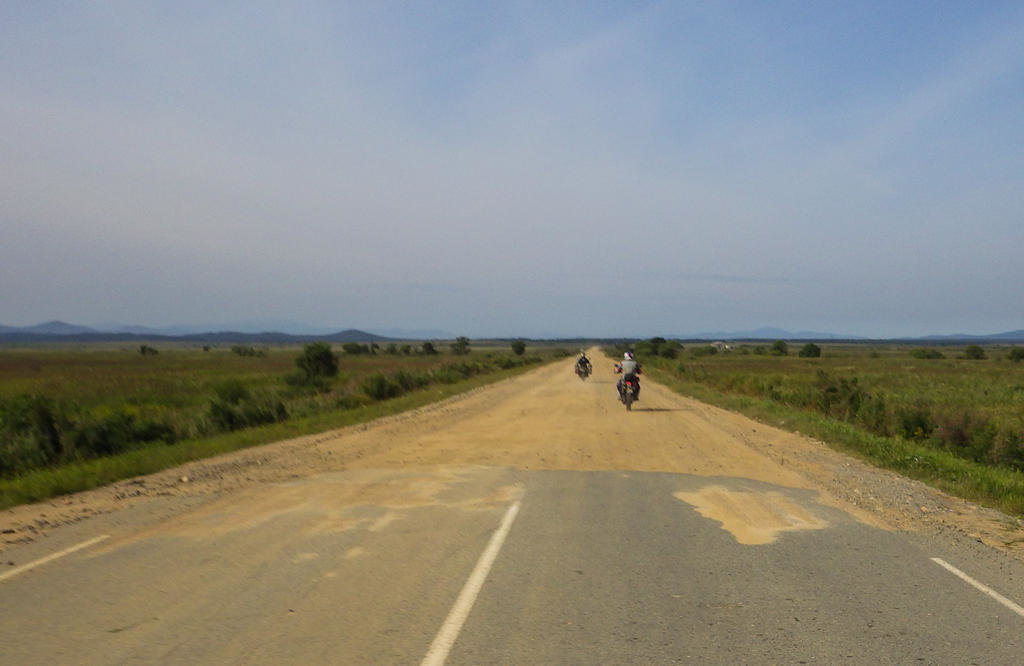
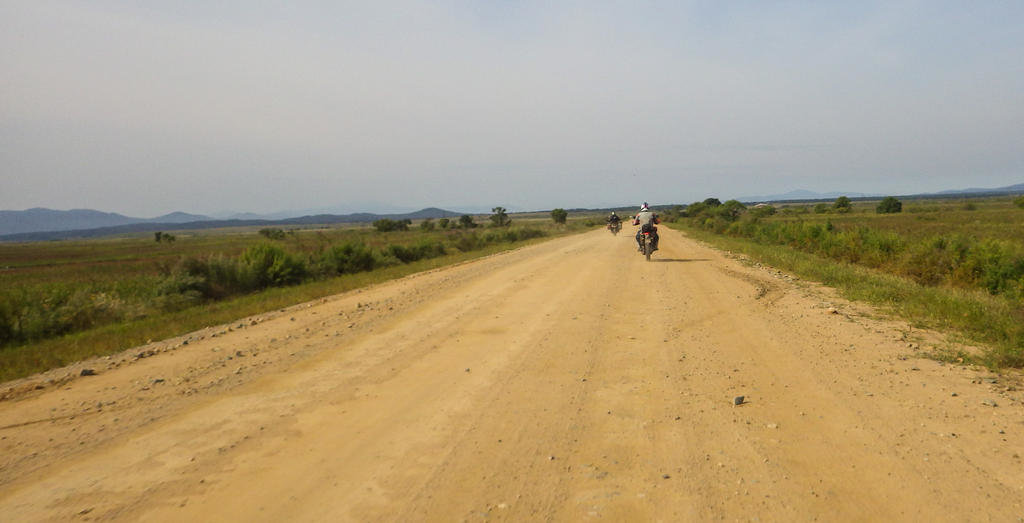
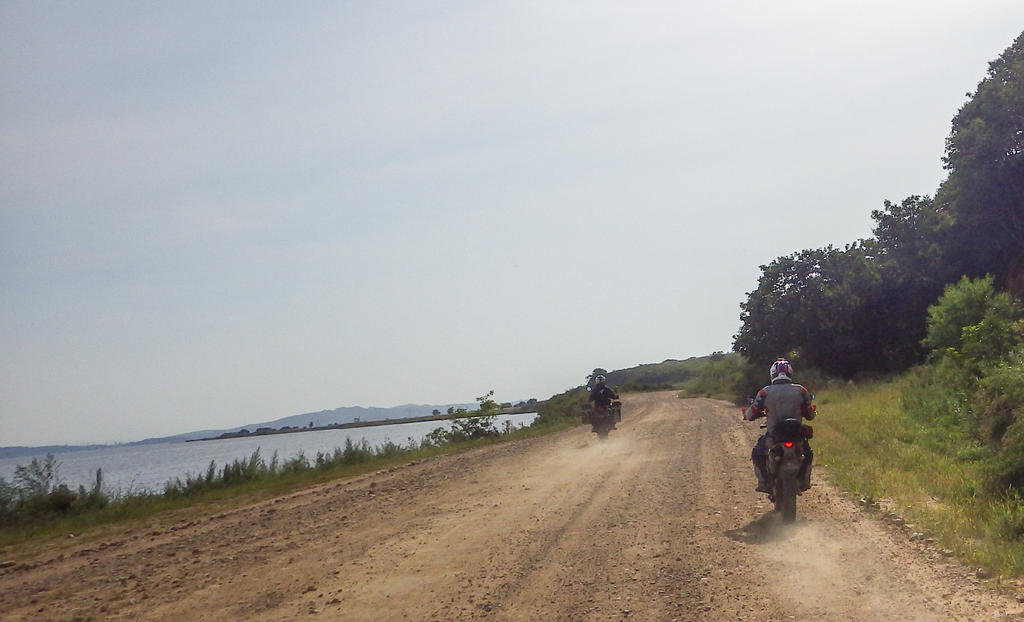
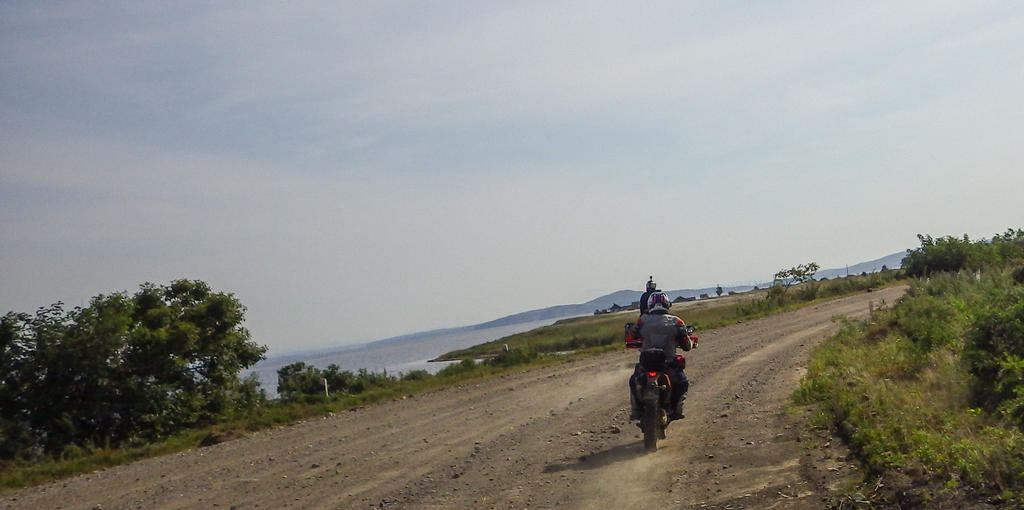
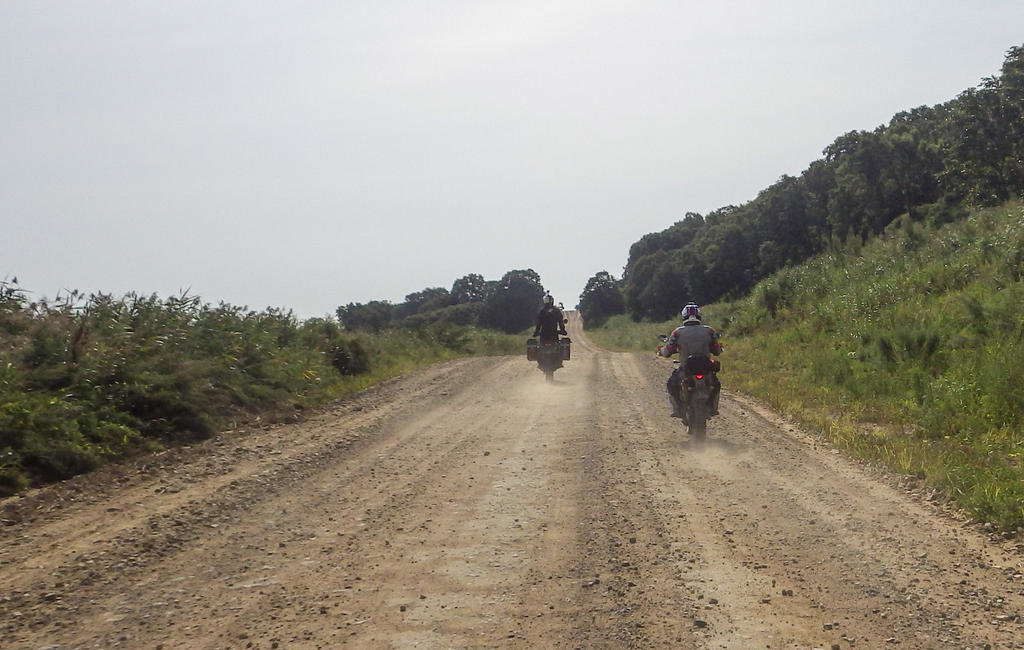
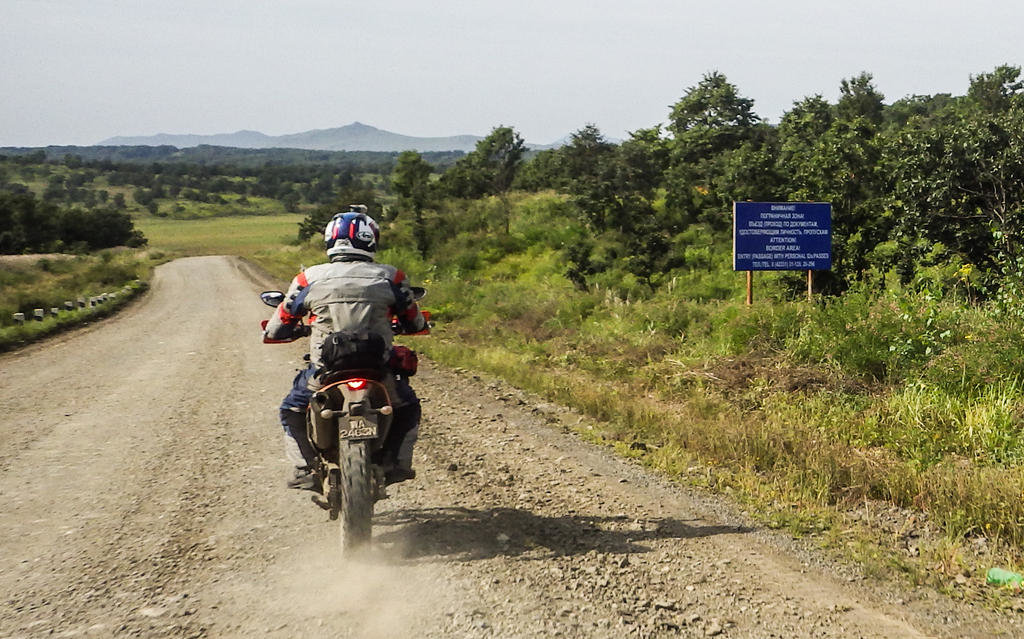
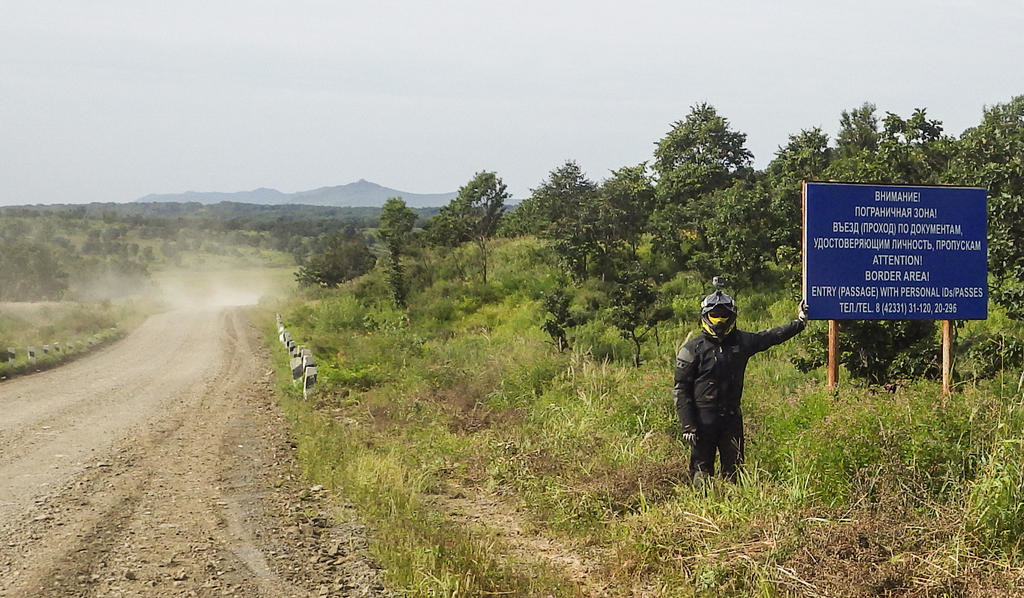
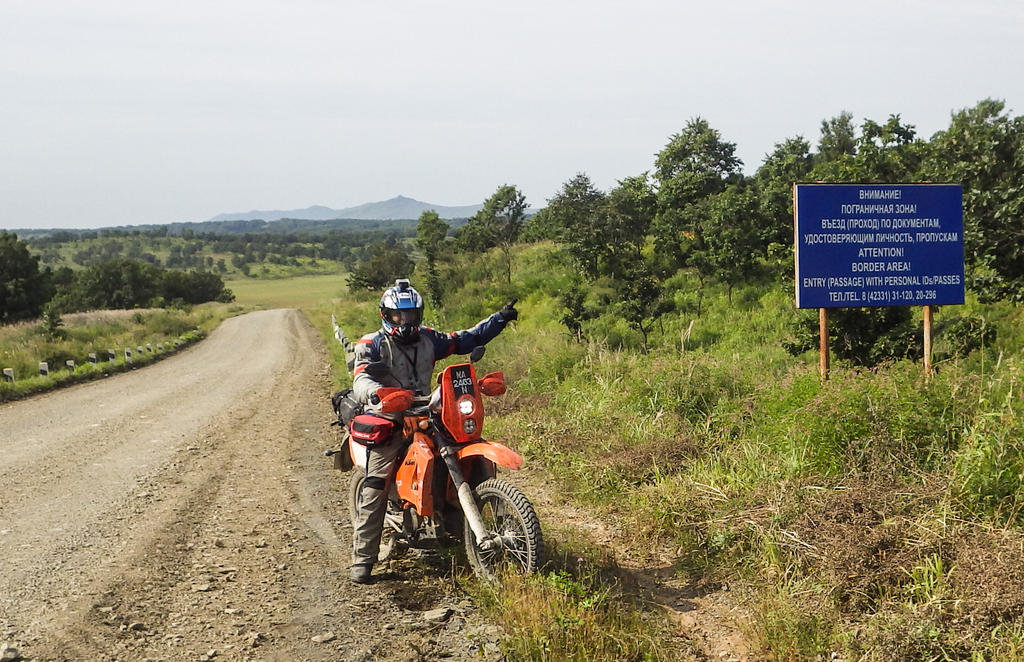
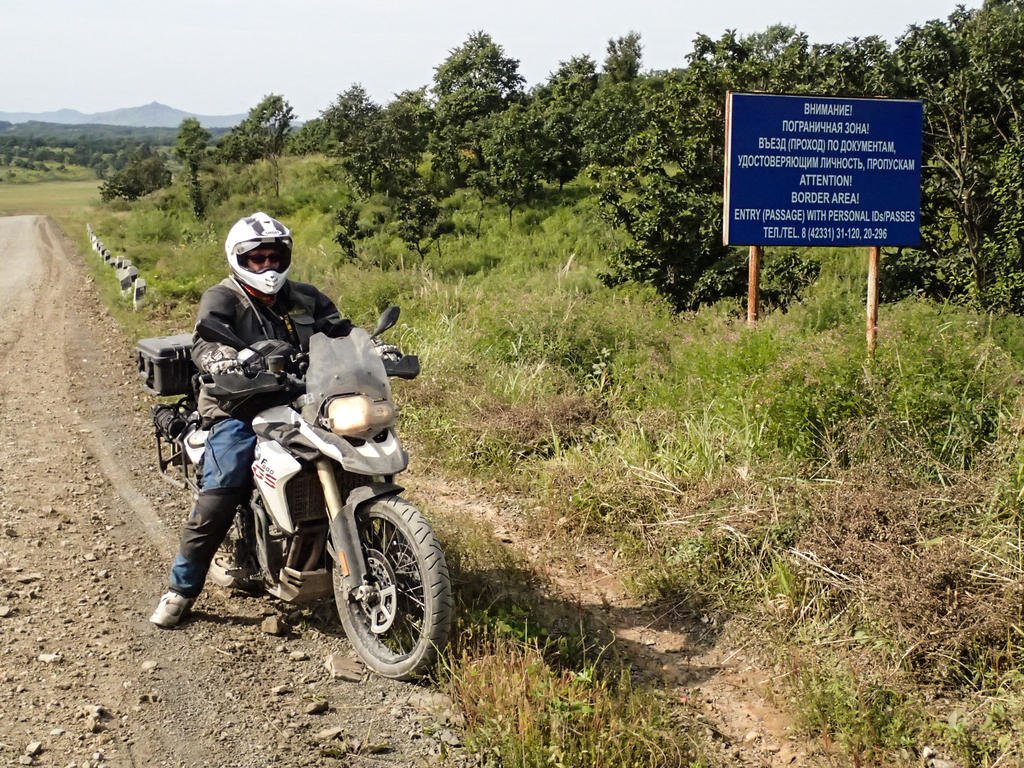
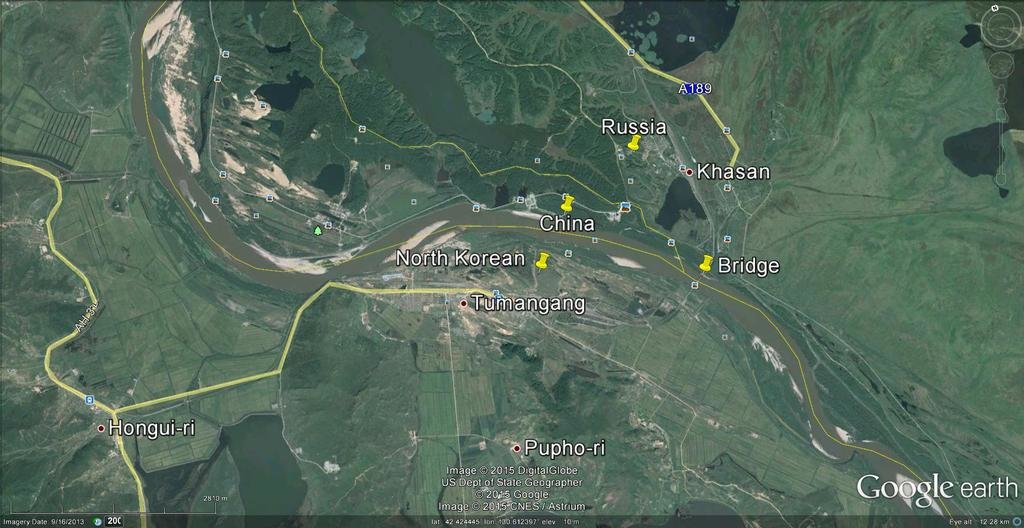
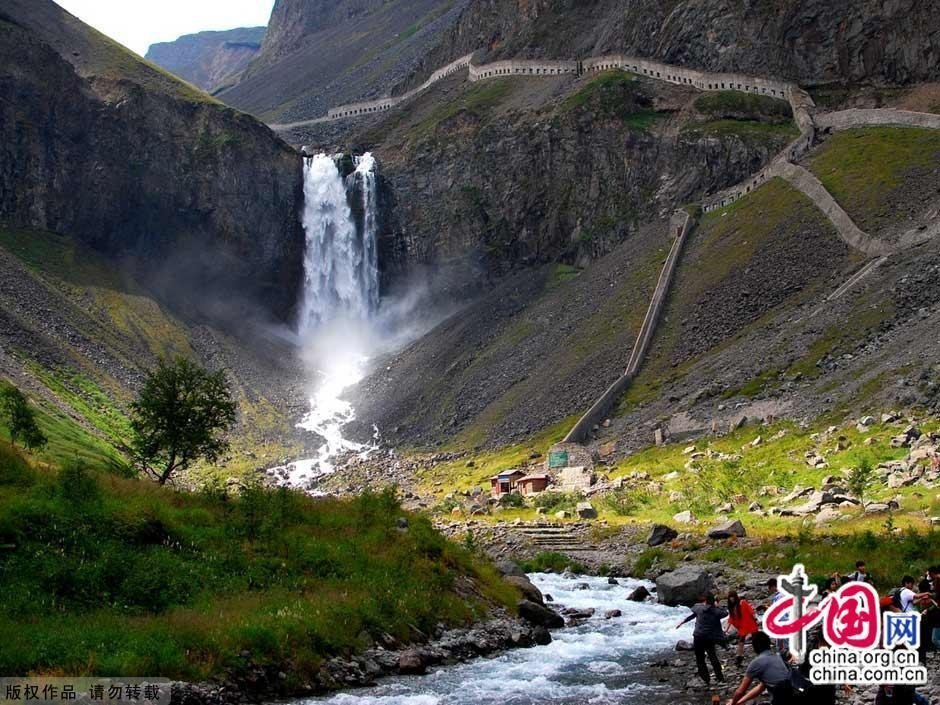
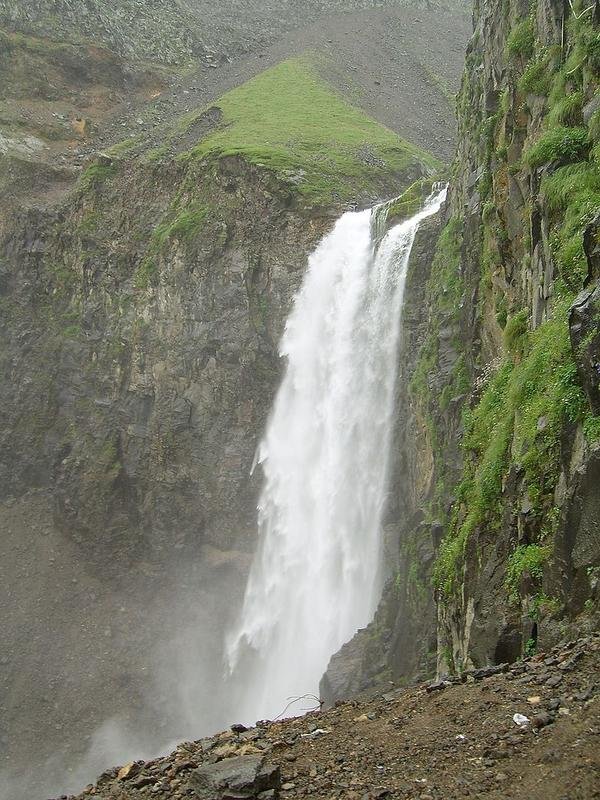
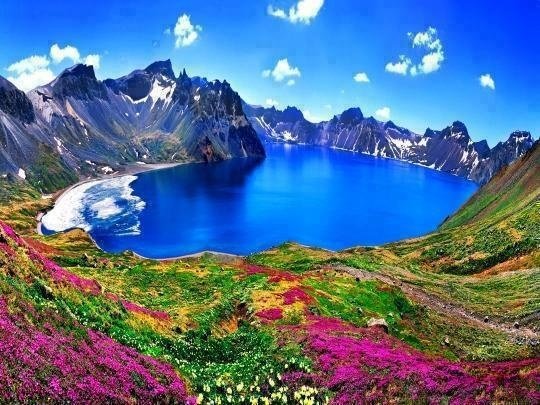
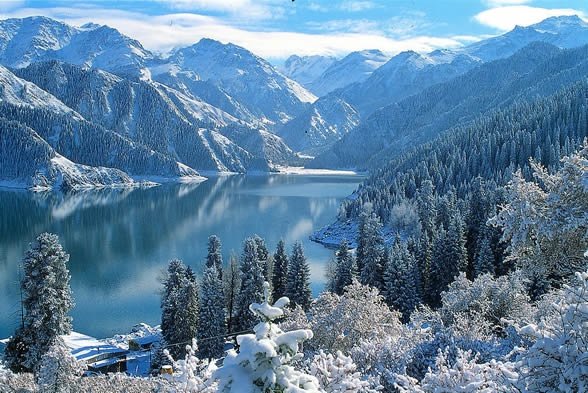
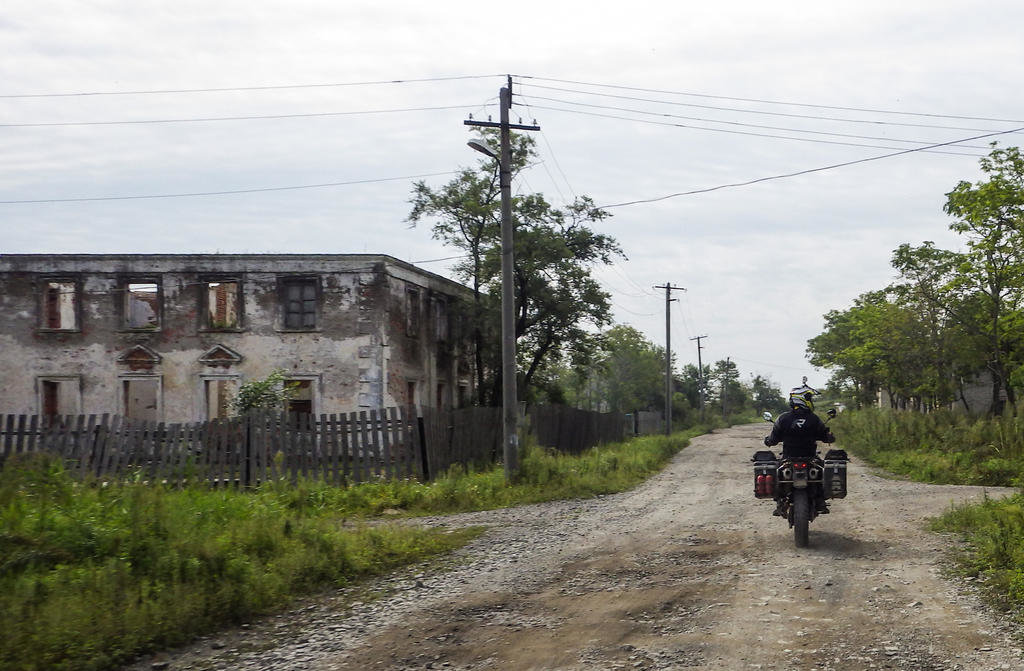
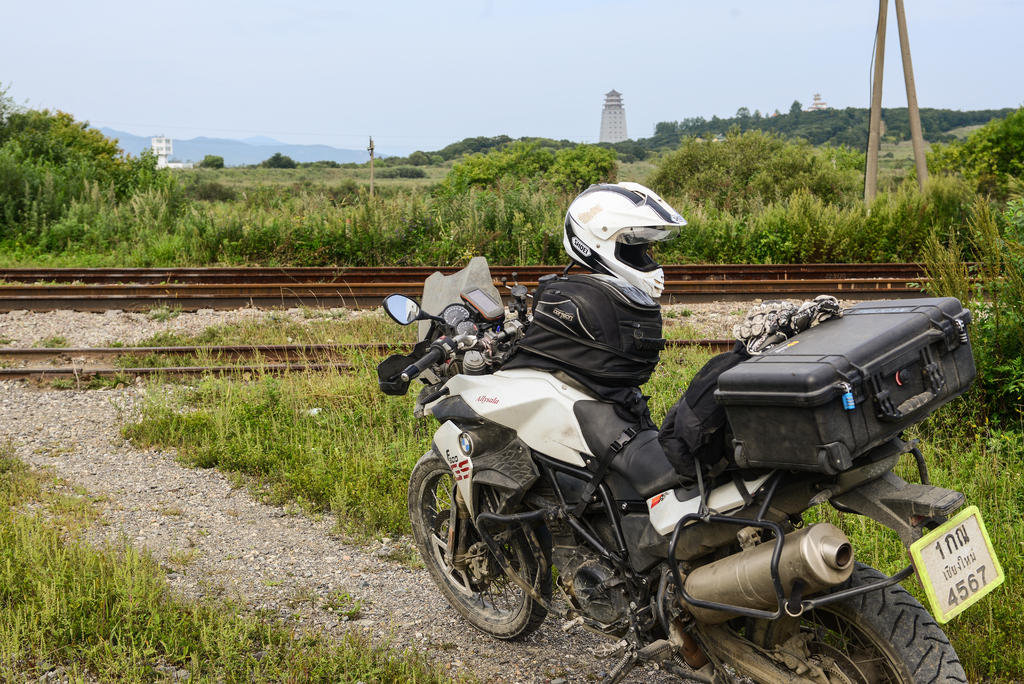

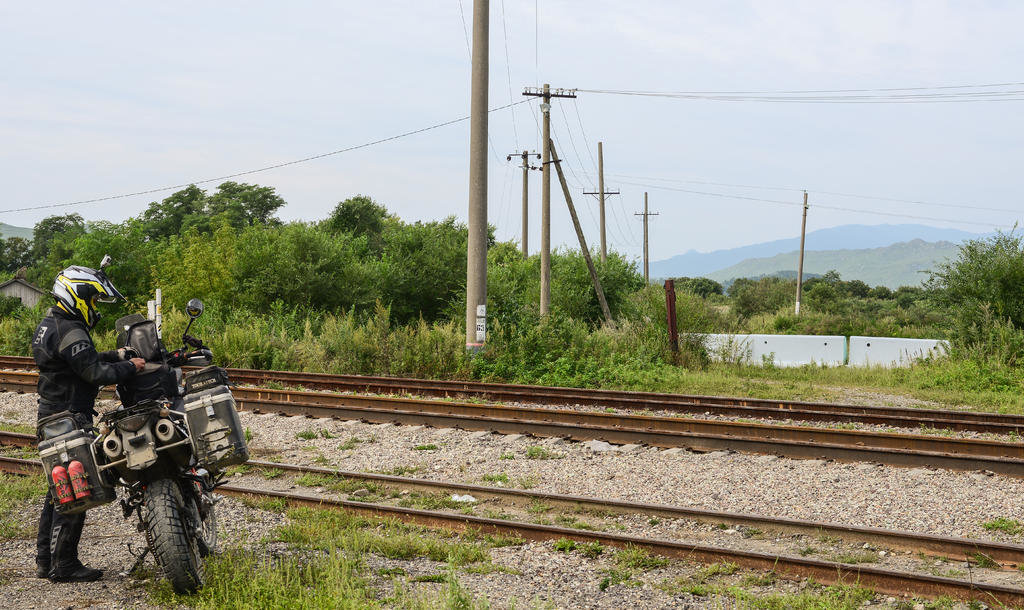
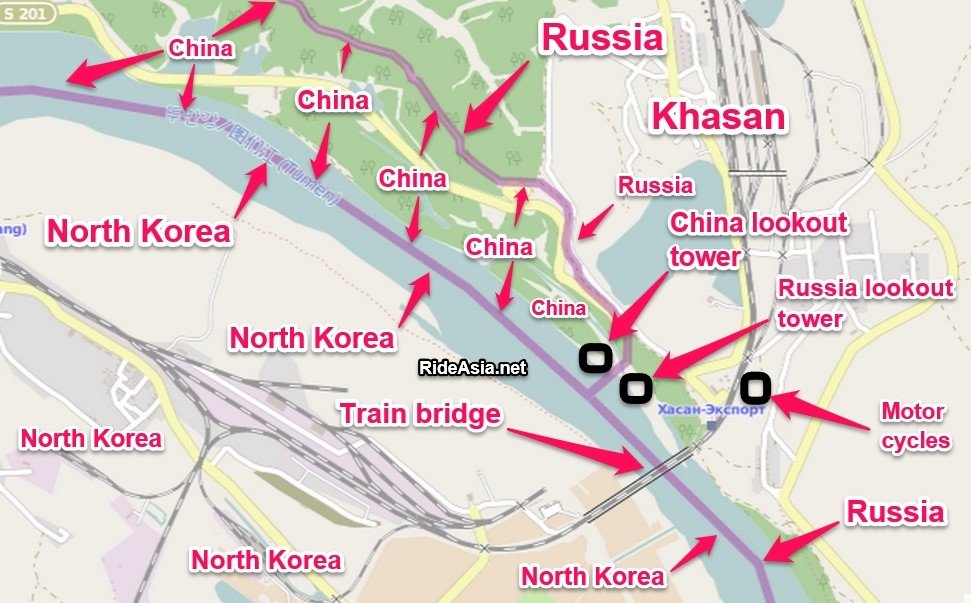

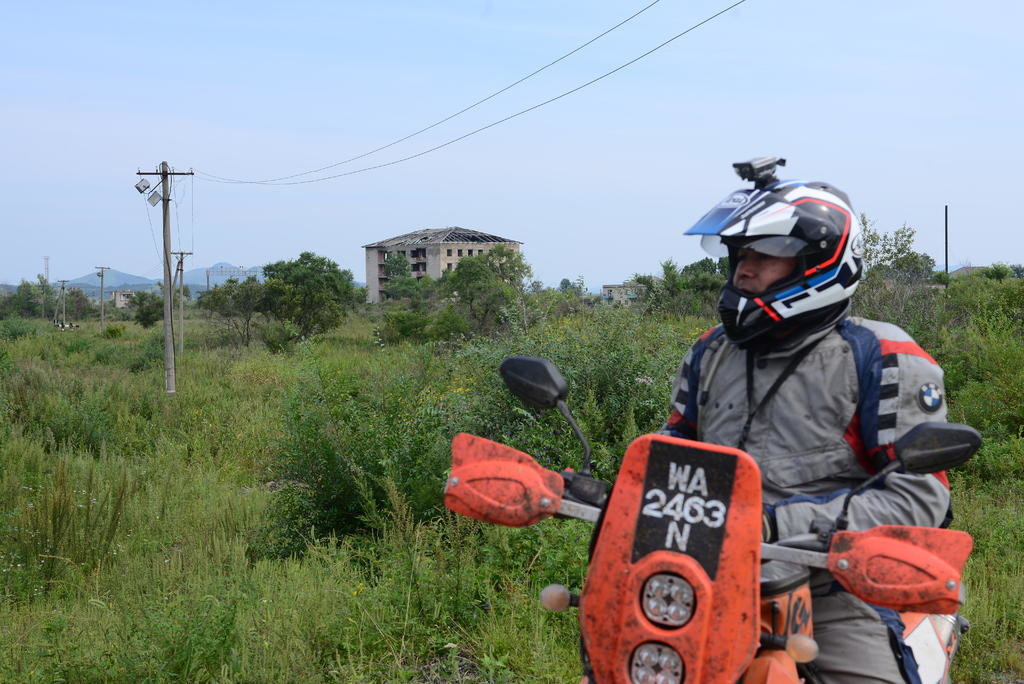
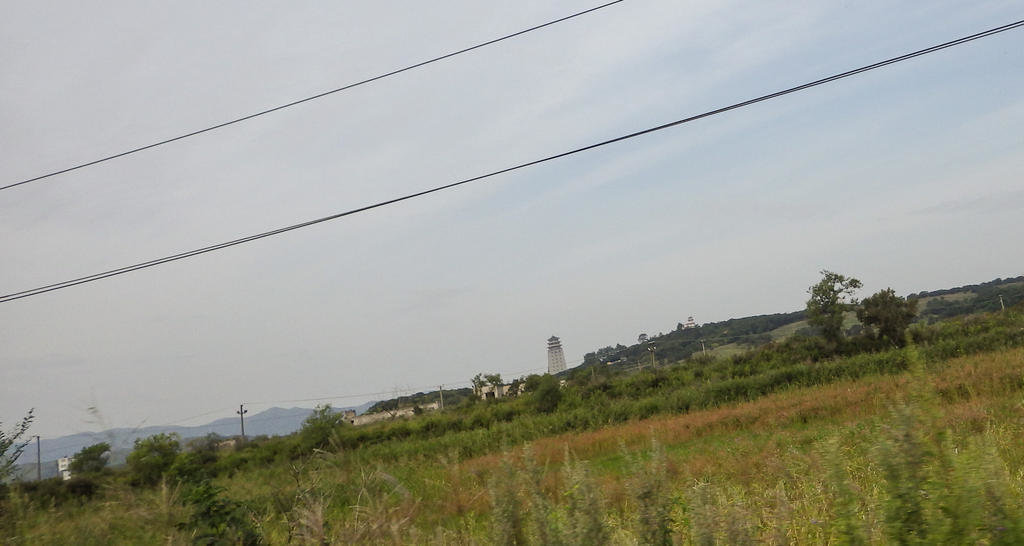
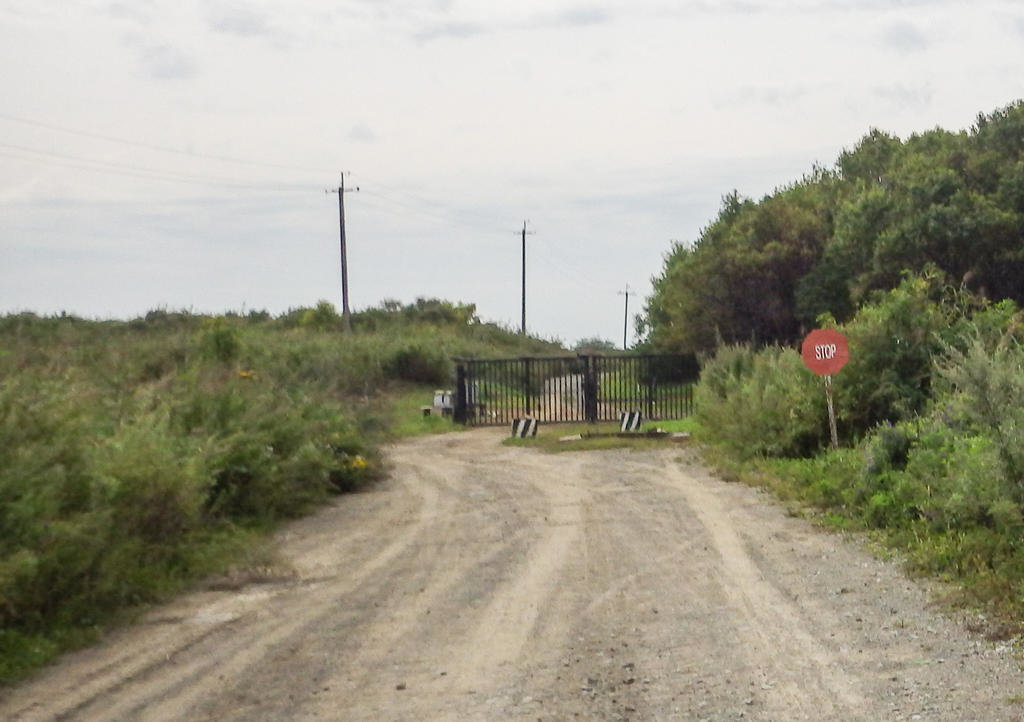
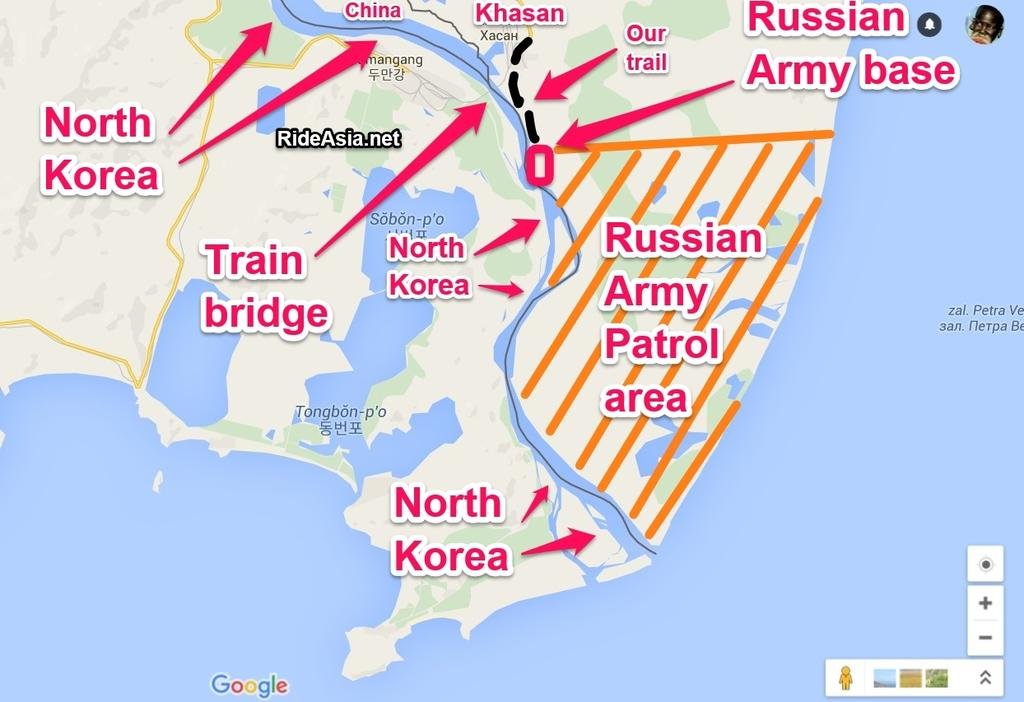
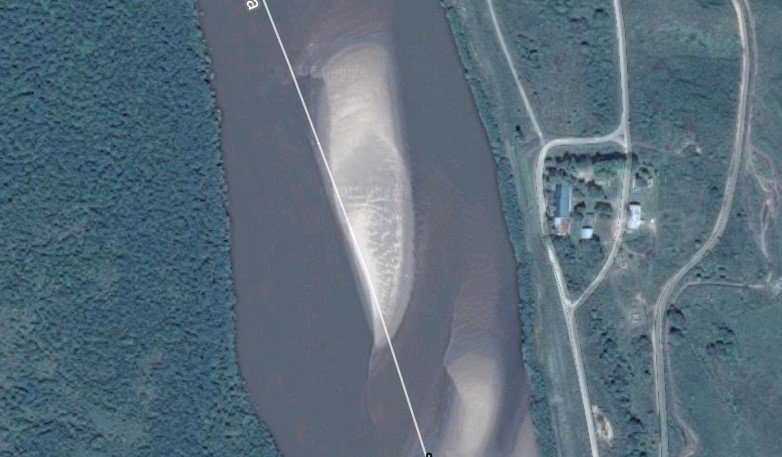
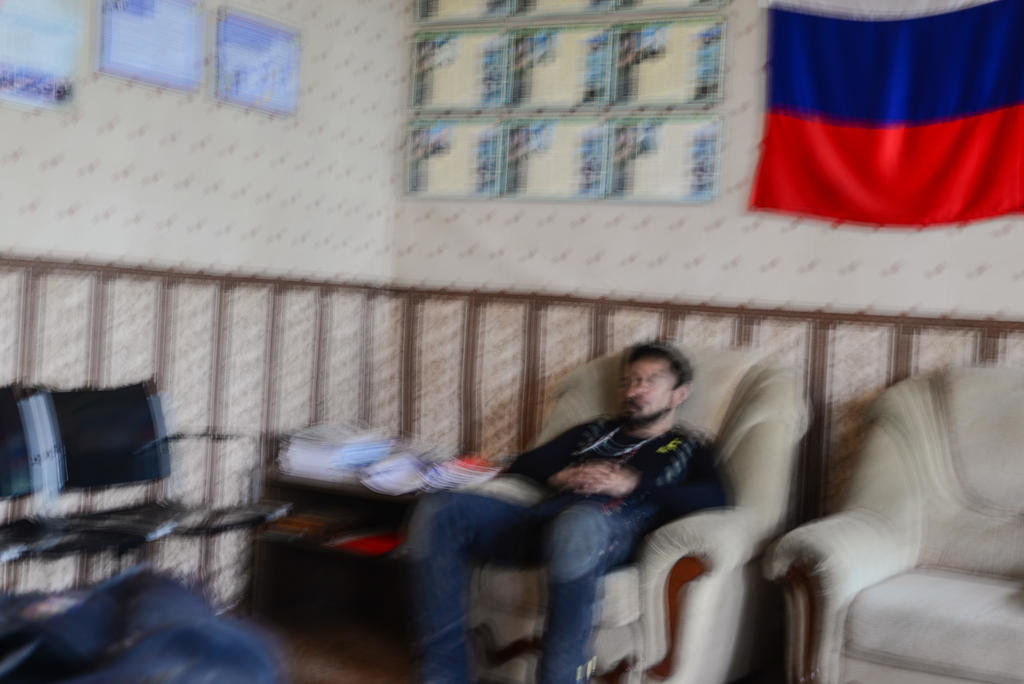
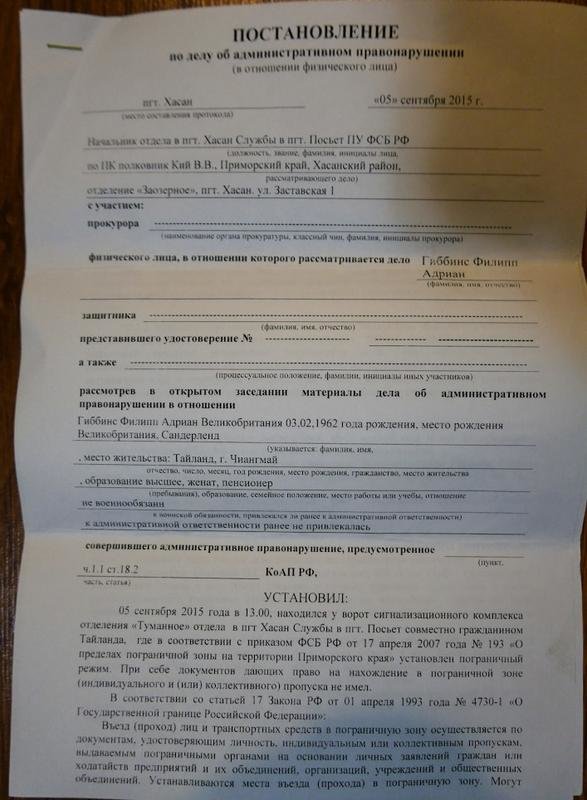
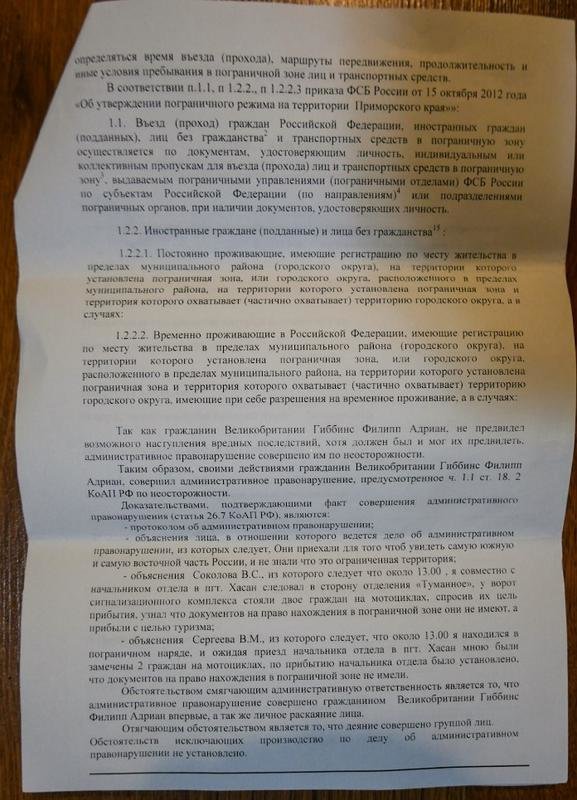
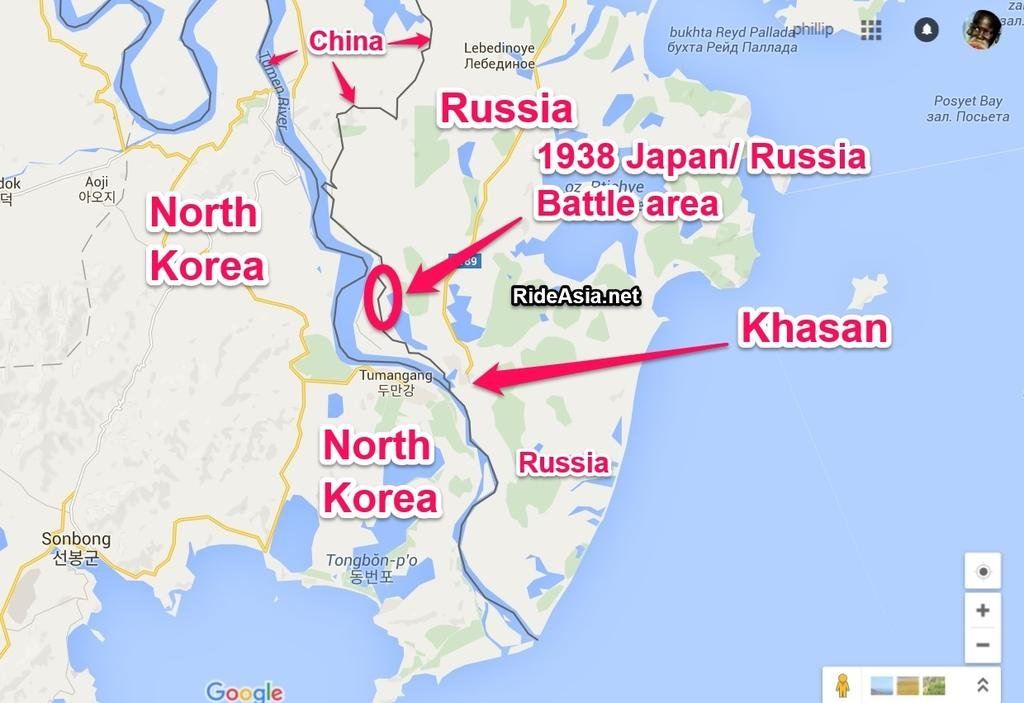


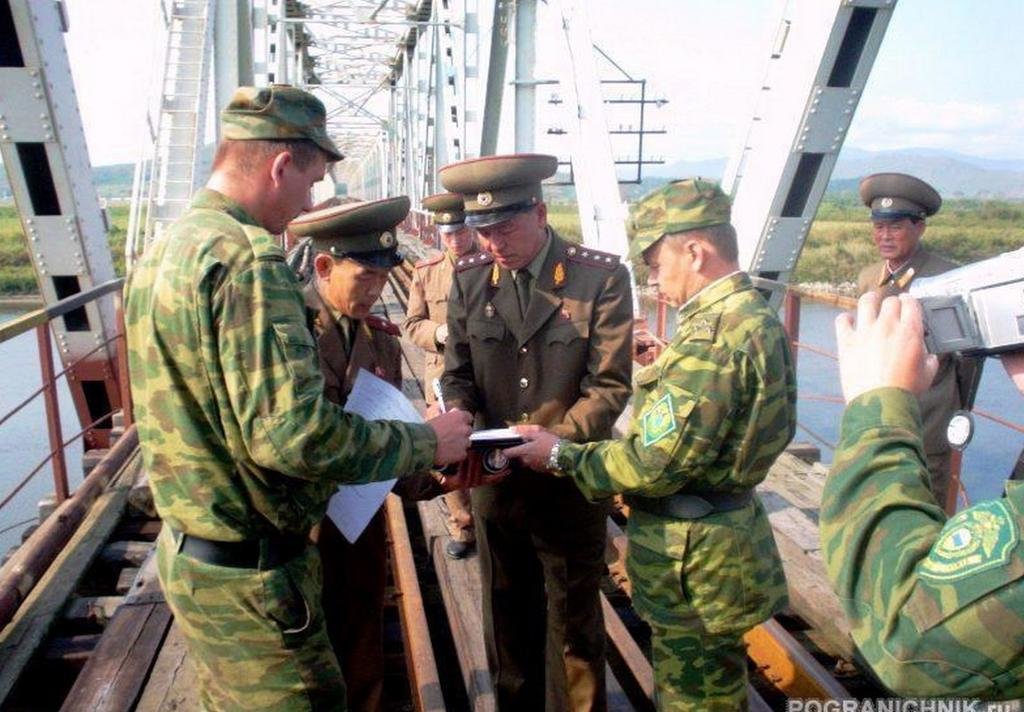
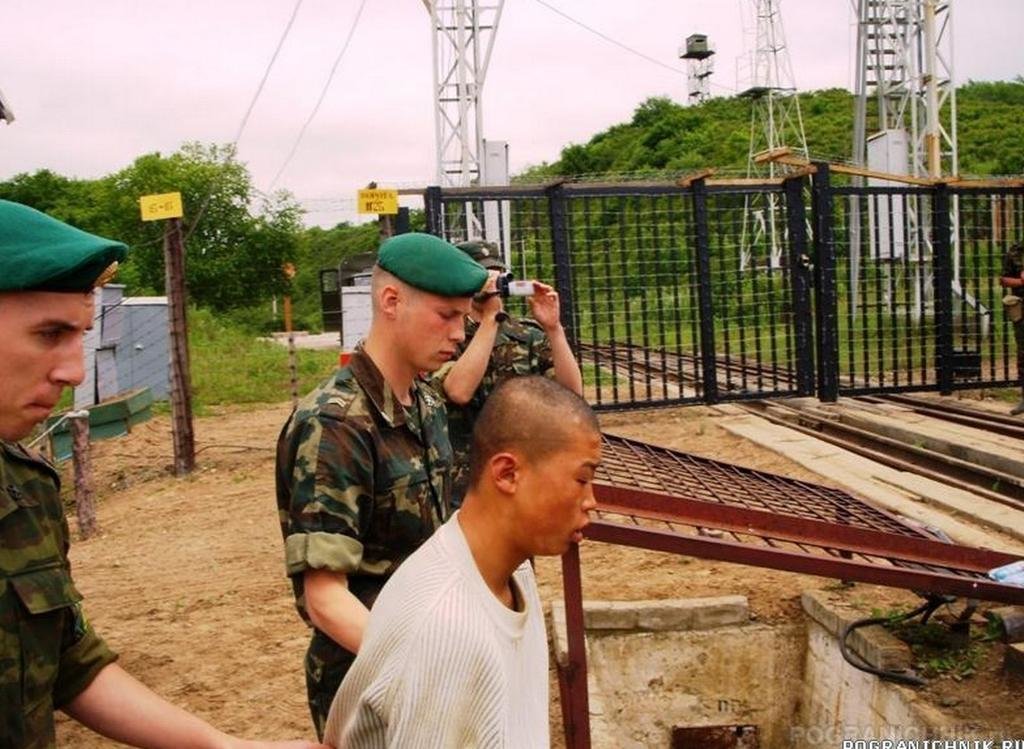
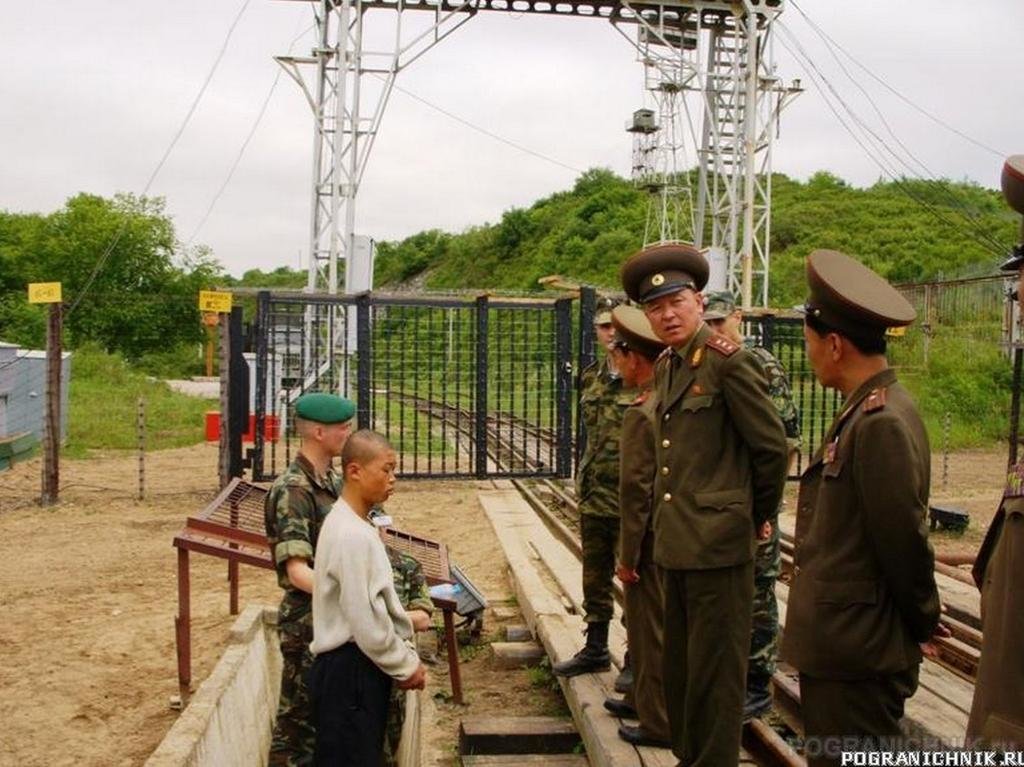
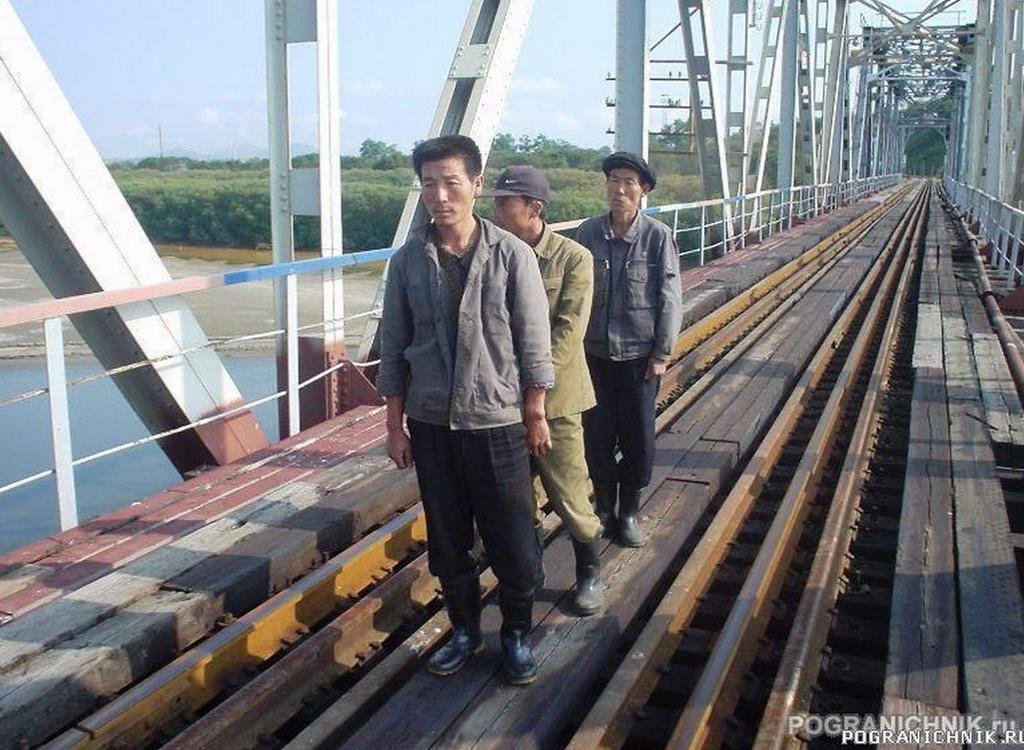
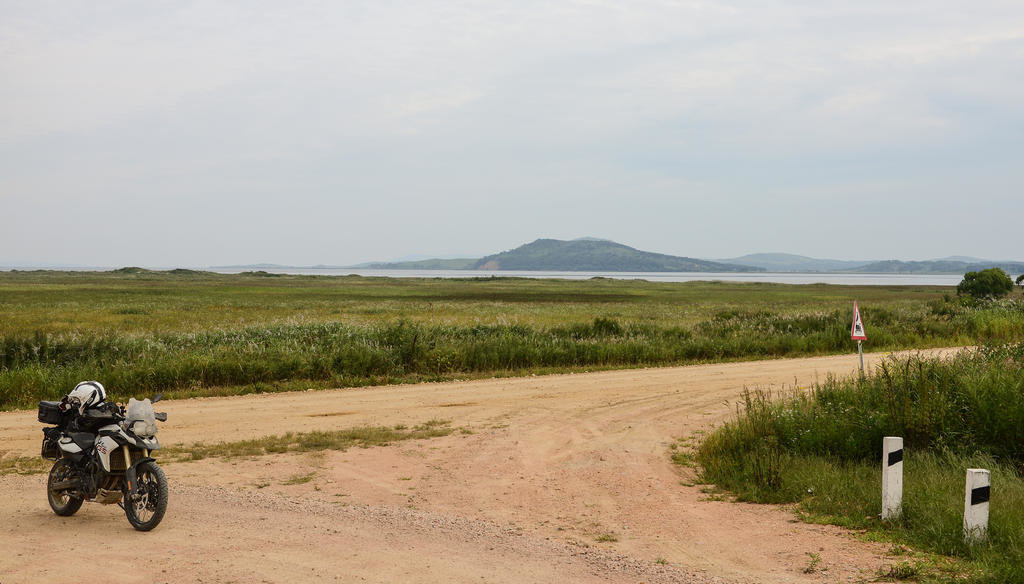
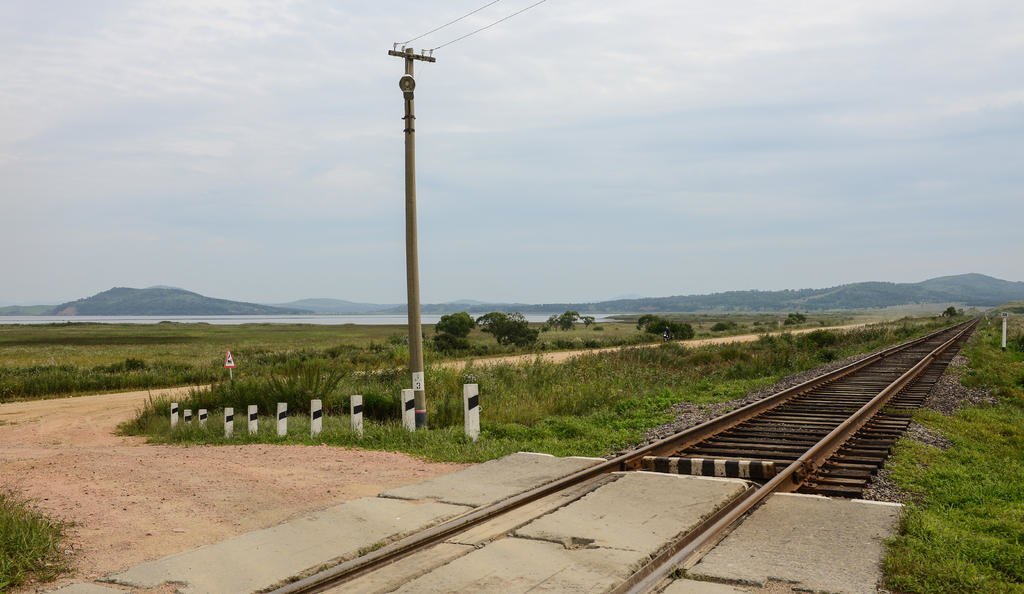
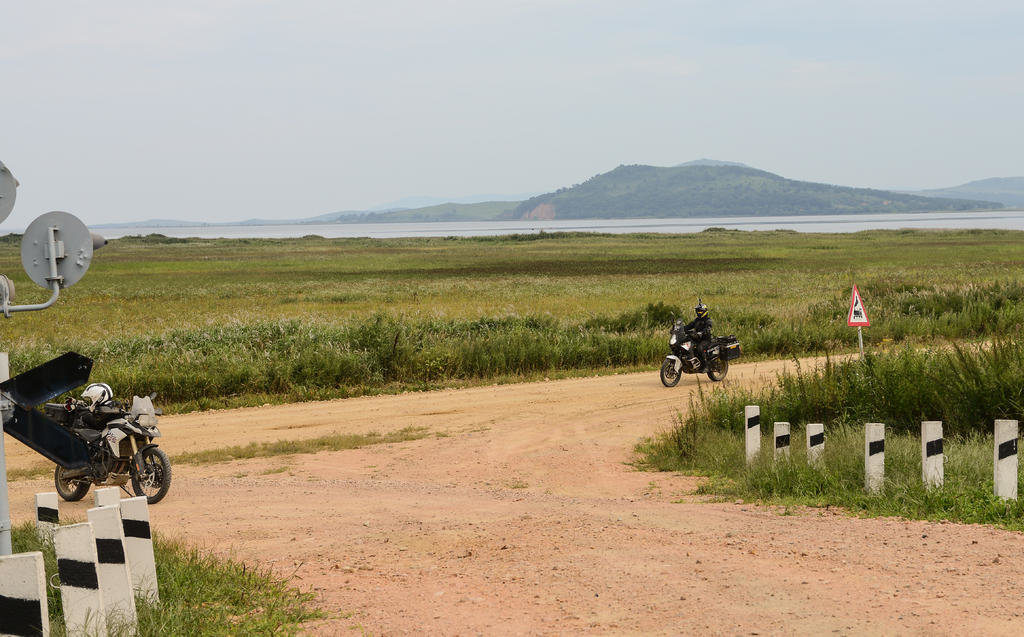
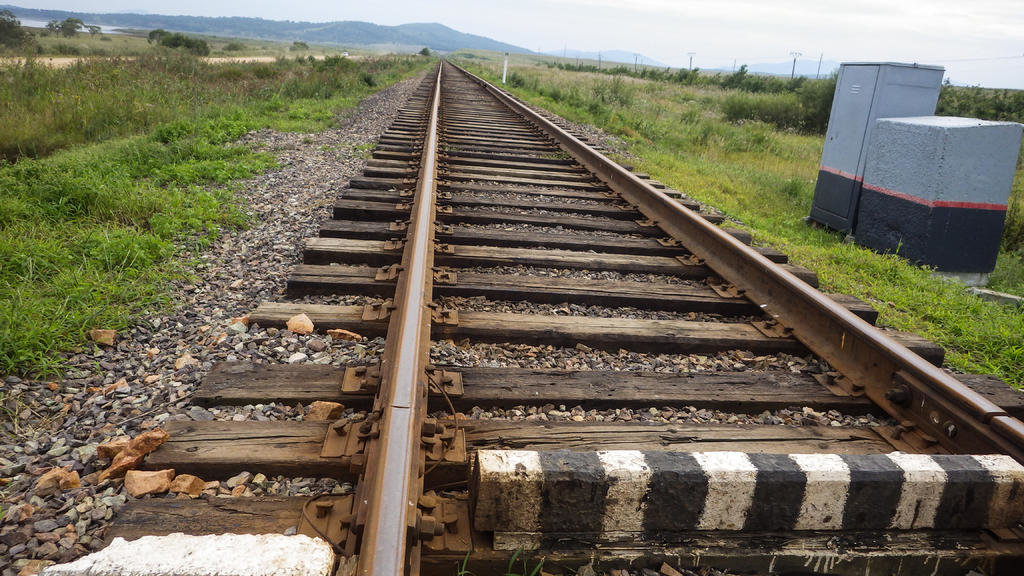
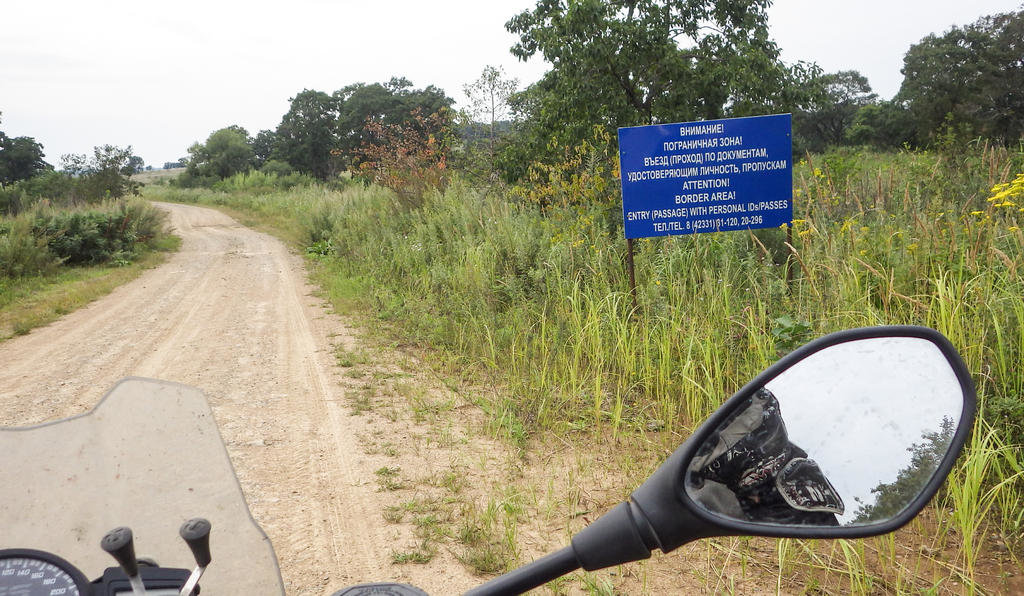
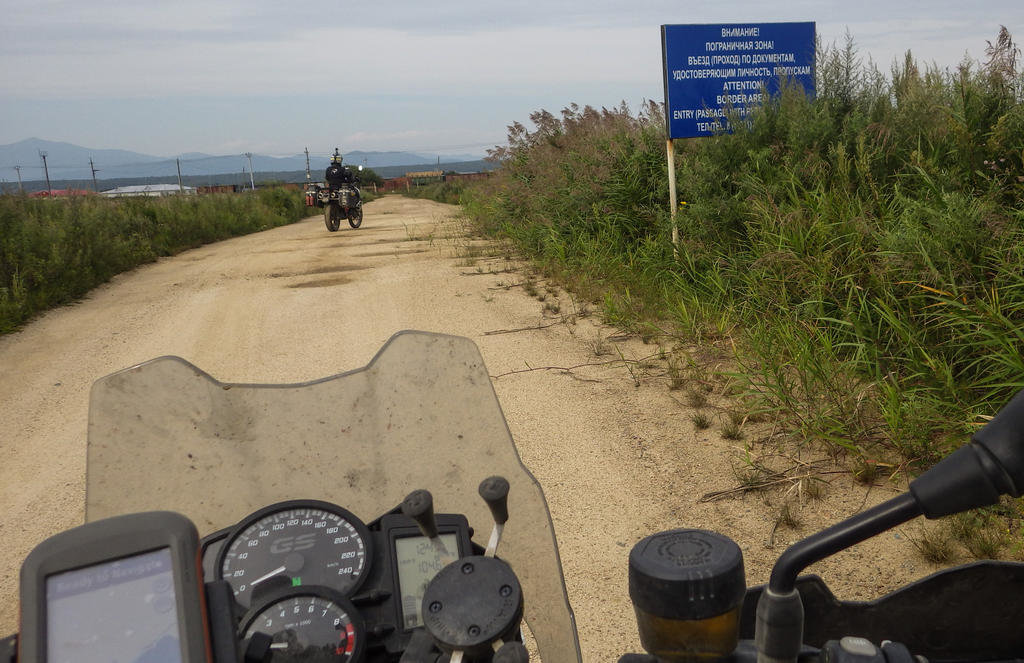
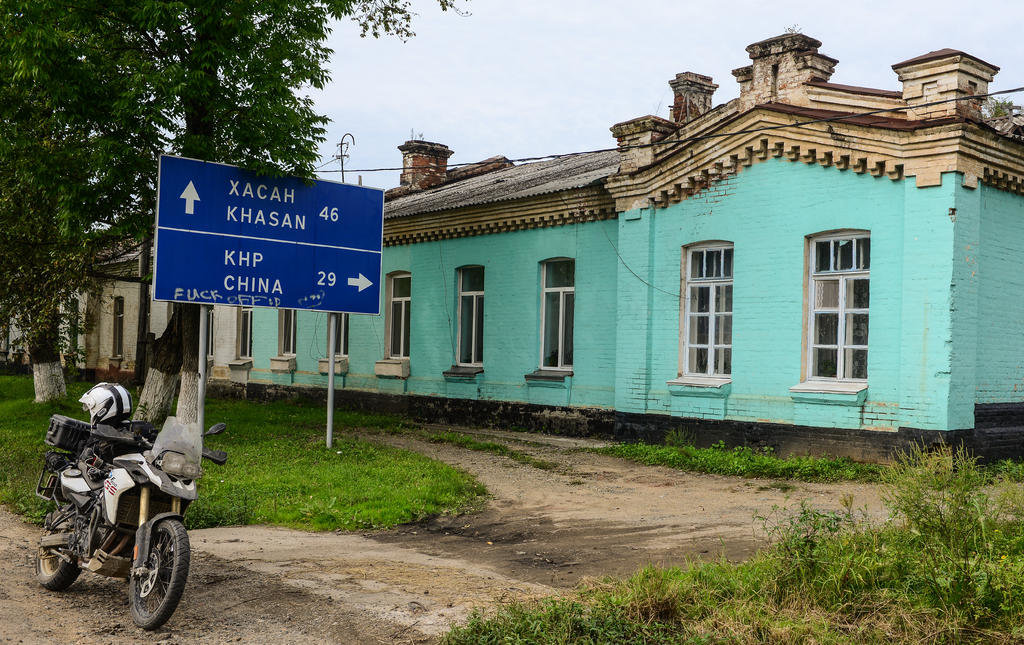
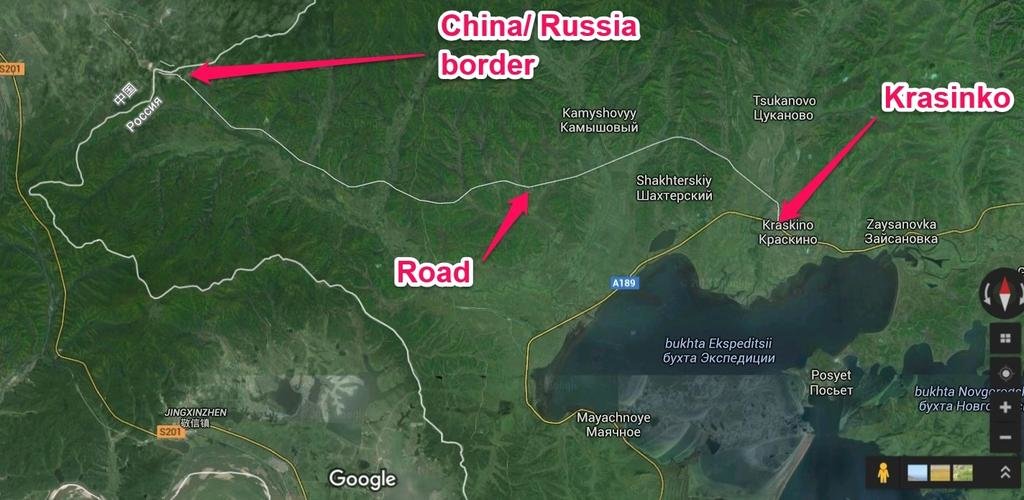
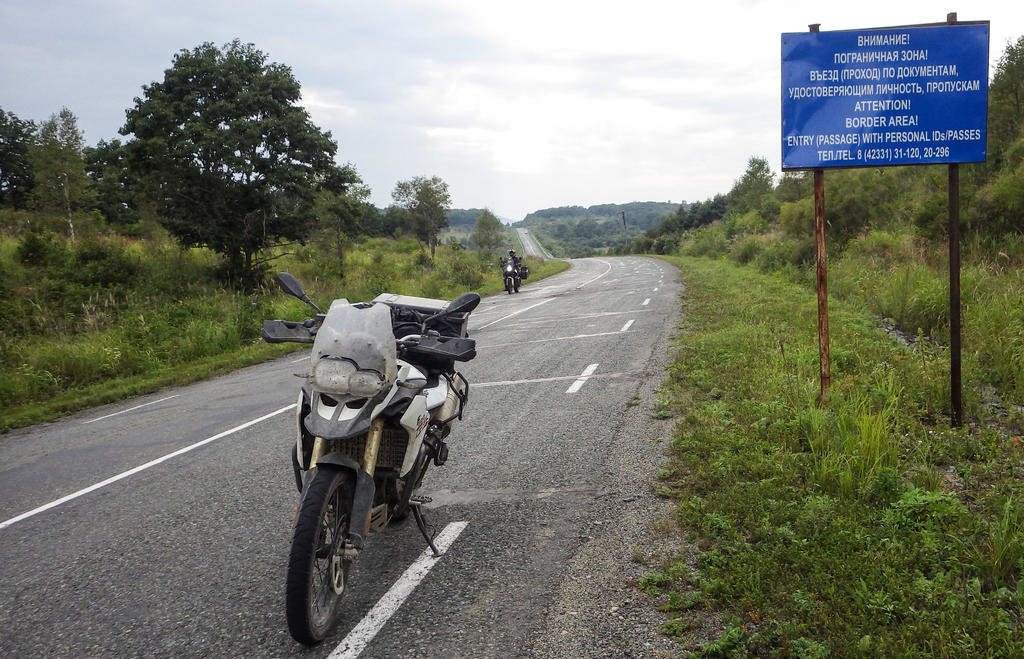
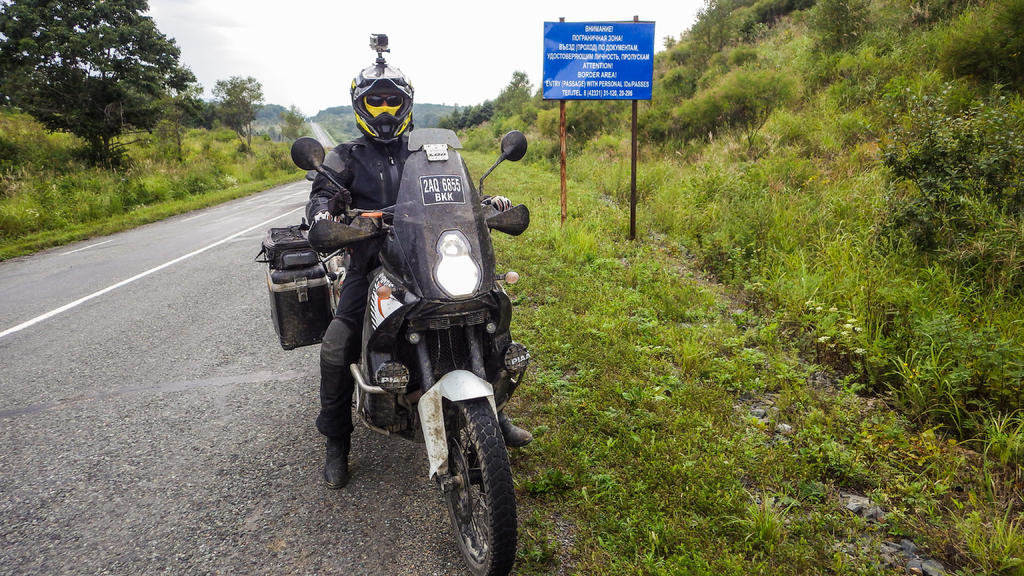
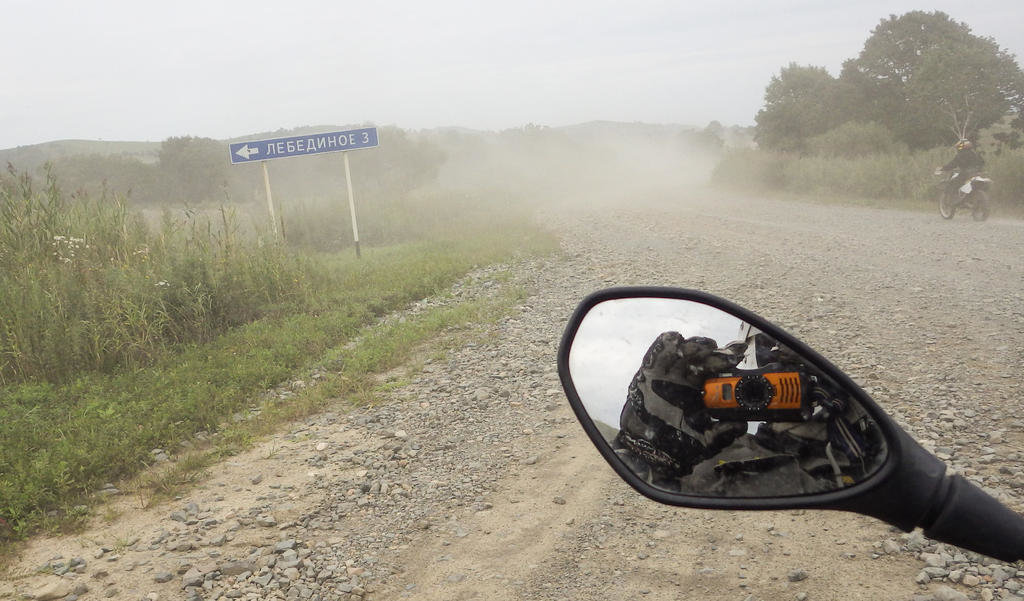
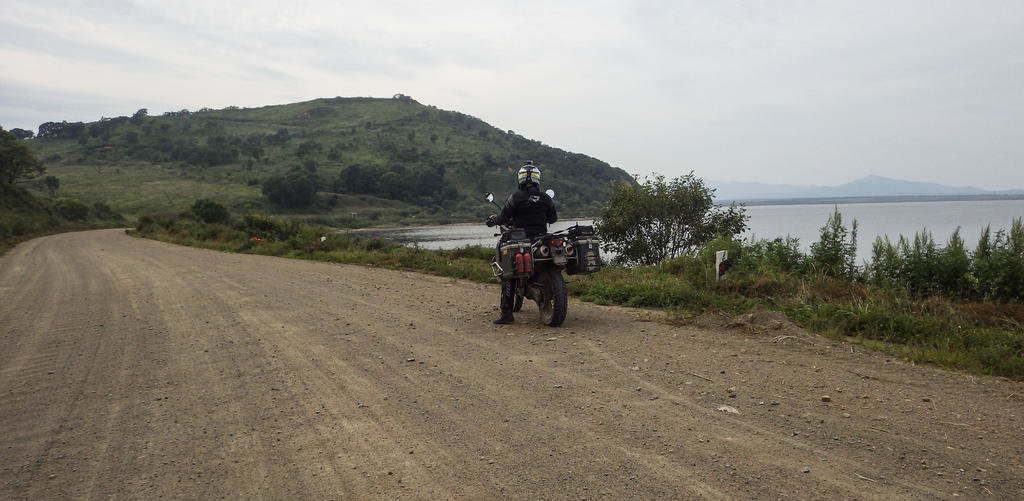
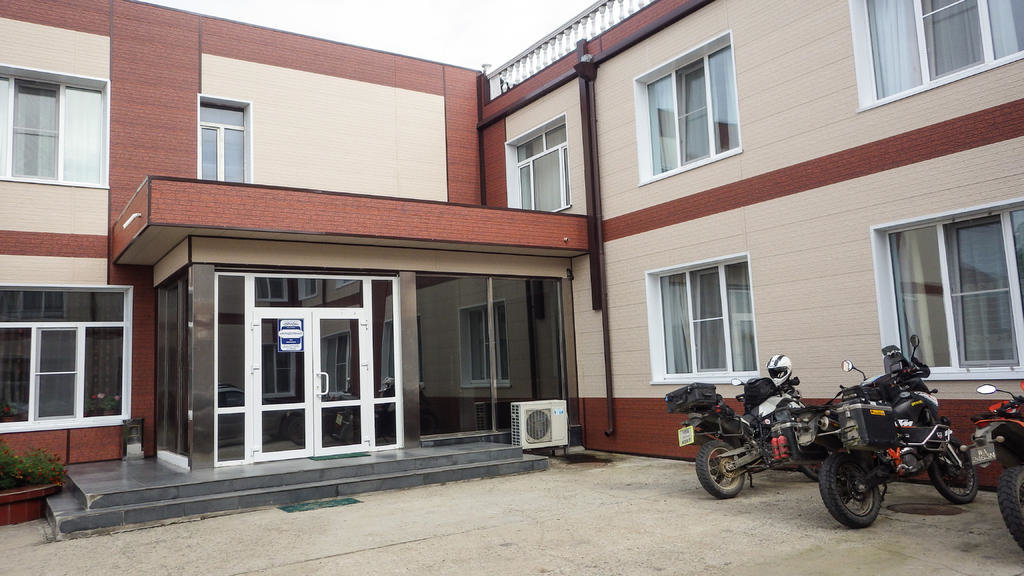
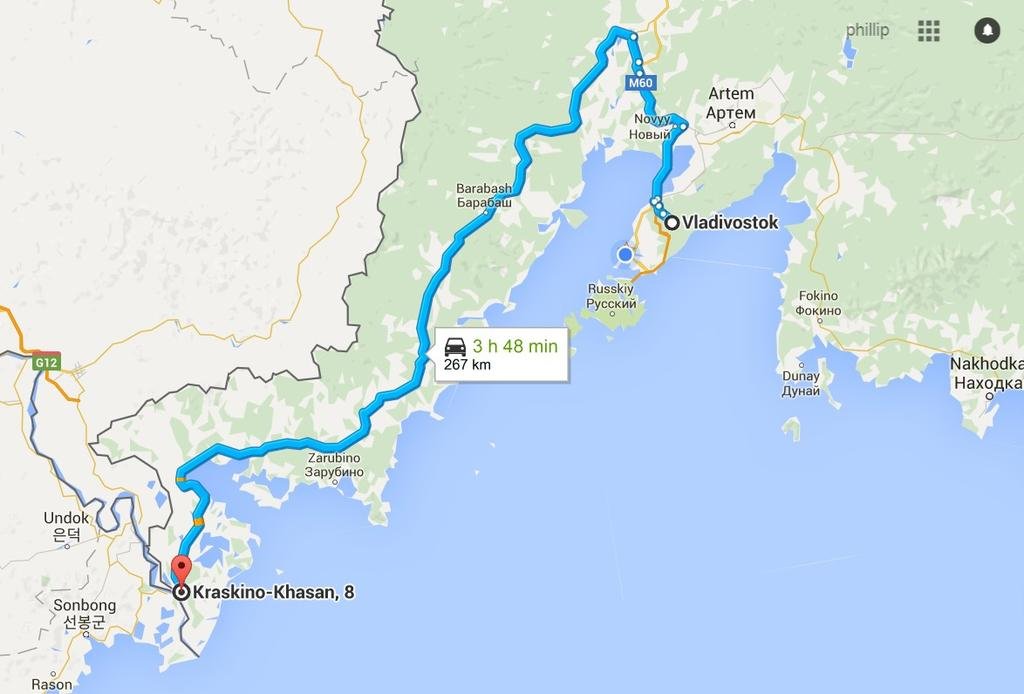
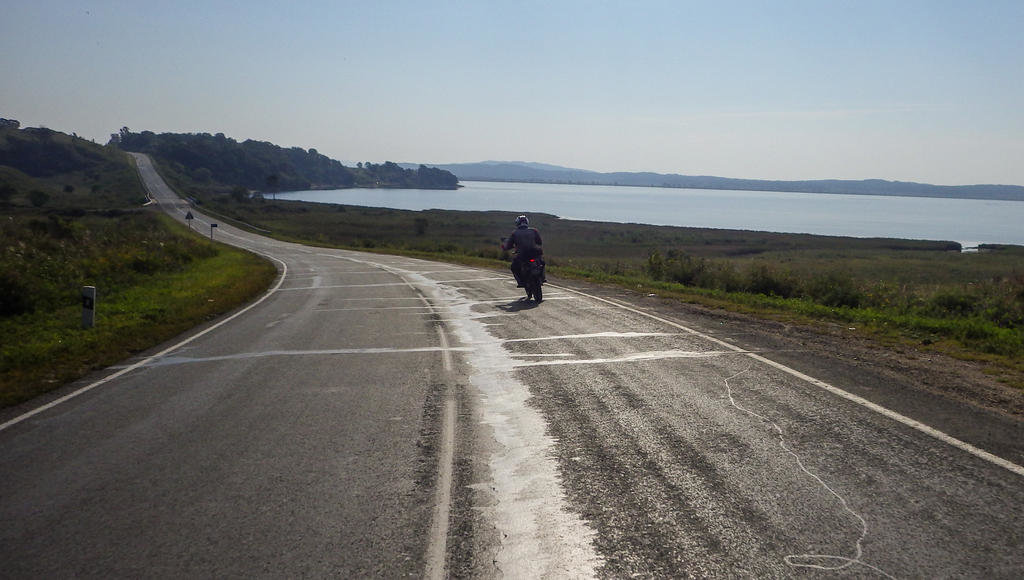
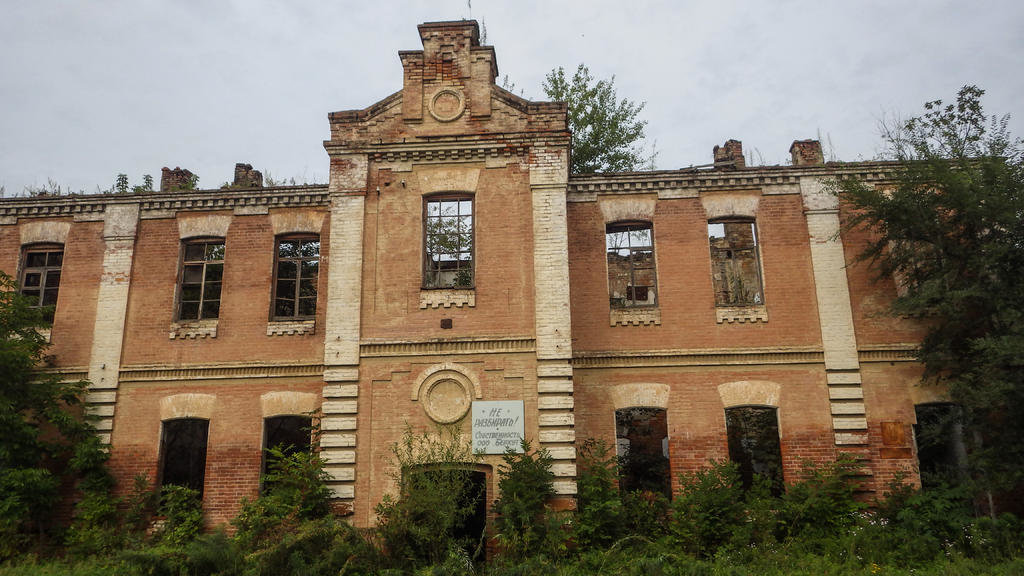
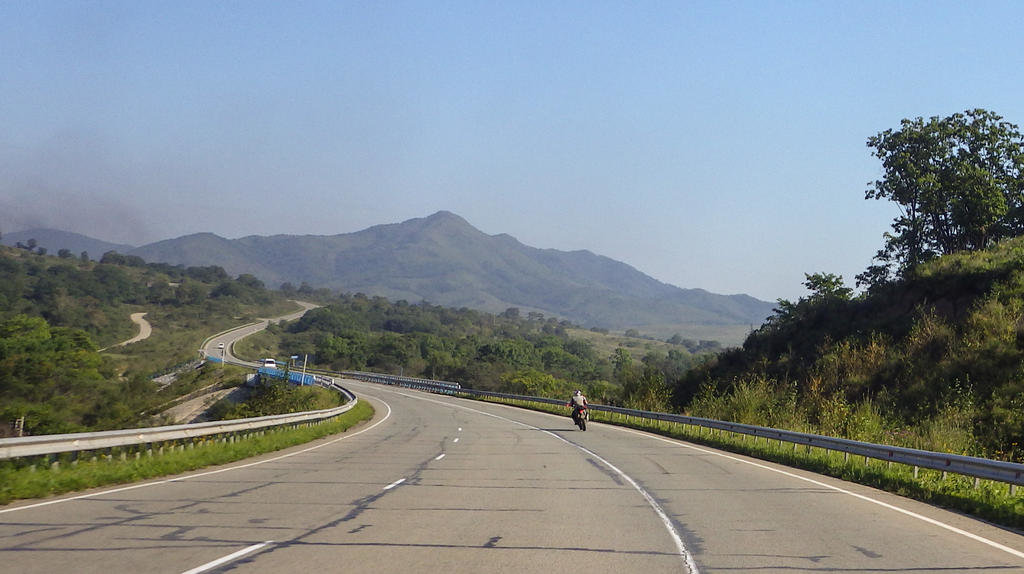
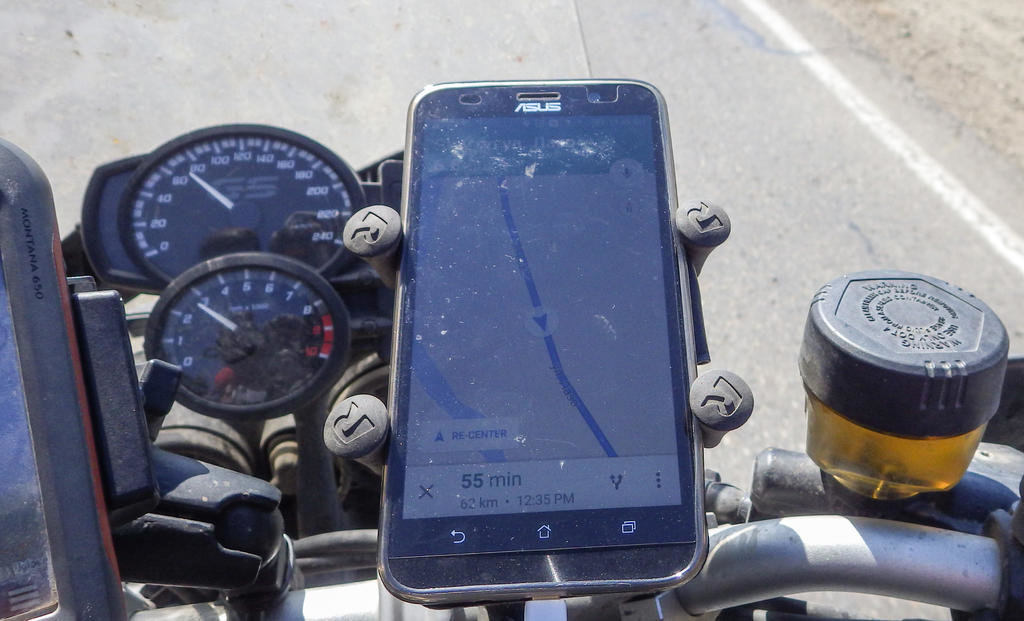
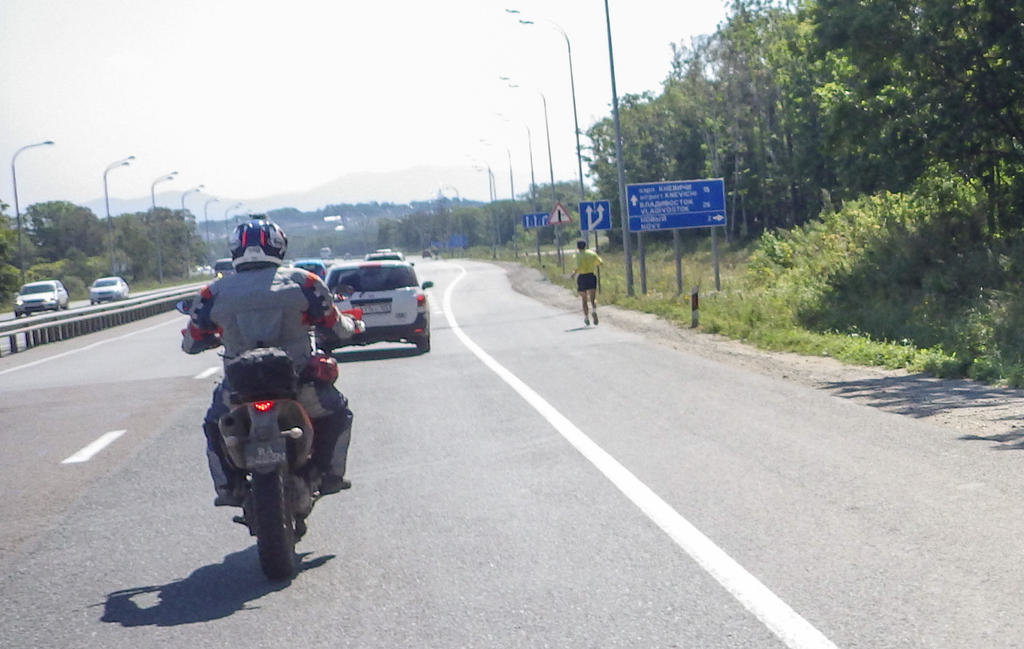
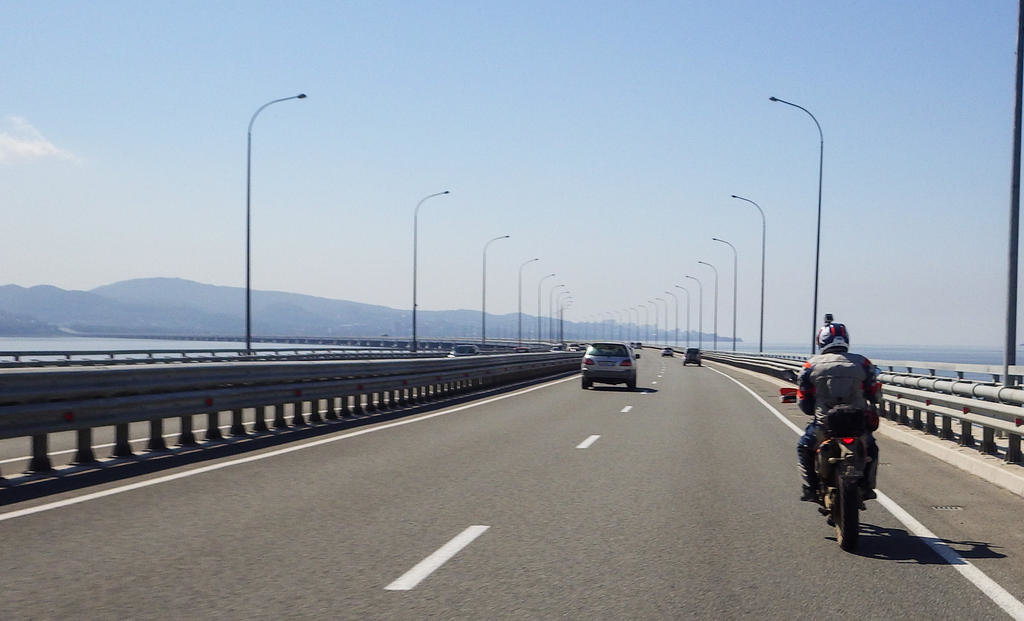








































































 but interessting to read and look the exotic countrys
but interessting to read and look the exotic countrys